Red-femured Spotted Orbweaver Spider
McKee Botanical Gardens
Atala Butterfly
Ring-necked Duck
Ring-billed Gull
Sand Key Park
Roseate Skimmer
Luna Moth
Ring-necked Snake
American Lotus
Enchanted Forest Sanctuary
Grayton Beach State Park
June Bug


Great Southern White
Carolina Wild Petunia
Pearl Crescent Butterfly
Lake Istokpoga Park
Yellow Milkwort
Common Ground Dove
Cradle Creek Preserve
Snowy Egret
Golden Aster Scrub Nature Preserve
Great Egret
Sandhill Milkweed
Black Bee Killer and Batesian Mimicry
Riverside Acres Park
Muscadine Grapes
Jamaican Dogwood


Blue Toadflax
Summer Fishfly
The Summer Fishfly, Chauliodes pectinicornis, is an insect that grows to approximately 1 1/2 inches. It is omnivorous and spends most of its life in still or slow-moving water with lots of detritus. Th fishfly undergoes a complete metamorphosis in a log or under bark and emerges as the adult you see here. It will mate, lay eggs near the water, and die within seven days. 
Banded Tree Snail
Gray Hairstreak
Back to Nature Wildlife Refuge
Chuck-will’s Widow
American Coot
Magnolia Park
Gray-headed Swamphen
Atlantic Ridge Preserve State Park
Peregrine Falcon
Blue-winged Teal
Split Oak Forest WEA
Turtle Hospital
Canada Goose
Sunshine Mimosa
Lake Monroe Wayside
Coffee Bean Snail
Snow Goose
Hooded Merganser
Carolina Sea Lavender
Greater Yellow Legs
American Bumble Bee
Fort Christmas Historical Park
Sanford RiverWalk
Wild Turkey
Lower Keys Marsh Rabbit
Painted Bunting
Eastern Gray Squirrel
Gaudy Sphinx
Florida Red-bellied Cooter
Mangrove Periwinkle
Banded Garden Spider
Northern Crab Spider
Southern Plains Bumblebee
Silver Garden Orbweaver
Great White Shark
Great Blue Skimmer
Scarlet-bodied Wasp Moth
Texas Vervain
Fulvous Whistling-Duck
Wakulla Springs State Park
Prothonotary Warbler
Polyphemus Moth
Florida Scrub Lizard
San Marcos de Apalache Historic State Park
Northern Shoveler
Grass Pink Orchid
Common Green Darner
Peninsula Cooter
Northern Mockingbird
Florida banded watersnake
10 Ways You Can Help Prevent Eutrophication
Glossy Ibis
Red-winged Blackbird
Indian Blanket
Indian Blanket, Gaillardia-pulchella, is also commonly known as a Firewheel. Indian Blanket flowers are members of the Aster family, grow to 1.5 feet tall and 2 feet wide, and are considered a short-lived perennial or an annual in Florida.
The Indian Blanket can often be spotted near Florida’s coasts on dry land. Since the early 1700s, this flower has been planted along roadsides much to the delight of Floridians and tourists.
A study done by Marlowe & Hufford in 2007 showed the DNA from the Indian Blanket was similar to those found in the more western species. More recent research by Weakley et al. 2020 has shown more evidence that it was likely cultivated rather than naturally spread.
The bright orange, red, and yellow flowers of the Indian Blanket make a beautiful addition to your garden. Butterflies, bees, and wasps are attracted to its pollen. Titmice, chickadees, and warblers enjoy the seeds. Once the flowers dry up, gather seeds by deadheading the plant. Indian Blankets are dormant in the winter.
Photo Credit: Aymee Laurain
Ebony Jewelwing Dameselfly
Ebony Jewelwing Dameselfies, Calopteryx maculata (Beauvois) are most often seen near slow moving streams. Both males and females have iridescent green bodies. The males wings are dark and the females wings are bronze colored with at white spot on the edge of the foreweings. They are large dameselflies that grow to 2.25 – 3 inches and have wingspans of 1.5 – 2.25 inches .
Female Ebony Jewelwings lay their egss on aquatic debris that forms a raft or dam in a stream. The naiads or juvemiles hatcht and feed on small aquatic prey. The naids are preyed on by frogs, fish, and birds. Adult Ebony Jewelwings are prey for frogs, fish, spiders, birds and the larger dragonflies.
Look for this damselfly that is endemic to eastern North America in Florida as far south as Brevard County on the eastcoast and Desoto County on the west coast. Ebony Jewelwings often rest on branches or leaves where their iridescent bodies shimmer in the sunlight.
Photo Credit: Dan Kon
Indo-Pacific Gecko
Indo-Pacific Gecko
Many of you may have seen these little brown lizards scurrying around the lights outside of your house at night. But did you know that this little girl holds an amazing secret? She is an Indo-Pacific Gecko, Hemidactylus garnotii, and she, like all of her sisters, is parthenogenic! As her name implies, this little Indo-Pacific gecko is not native to Florida, but instead is from southeast Asia. But, its ability to hide out in shipping containers and its unique reproductive strategy has made it easy for this species to spread.
Parthenogenesis is a natural form of asexual reproduction where the embryo is able to develop without the introduction of a sperm cell. There are several different types of parthenogenic reproduction, but let’s look at this little gecko species specifically. Indo-Pacific geckos are all female and reproduce by apomictic parthenogenesis. This means egg cells develop directly into embryos and are genetic clones of the mother. In Indo-Pacific geckos, the method of reproduction is via obligate parthenogenesis. This means this species reproduces entirely through asexual means.
So, since this species can spread with a single individual, it’s no wonder they have become such a widespread species. The earliest known specimen was found in Florida in 1963 and arrived through cargo shipments. They can be found over much of the state, but seem to be found mostly around man-made structures. The impacts of this non-native species are unknown at this time. There are several species of gecko in Florida that are also non-native, and look similar to the Indo-Pacific gecko, the most common of these is the Mediterranean gecko.
The Indo-Pacific Gecko can be identified by its smooth skin, toe pads, and orange color under the tail. In the images, you can see two eggs developing in this female right through her skin! They are insectivores and will hang around your porch lights at night in hopes of catching an easy meal. They have many predators in Florida. Snakes, large frogs, birds, and other nocturnal lizard eaters all make this gecko part of their diet.
Photo Credit: Andy Waldo
American Mink
The elusive American mink, Mustela vison, is a Florida native. Like otters, they are members of the weasel family and therefore, fiercely carnivorous. Dinner consists of fish, snakes, crabs, crayfish, frogs, insects, and small mammals. Minks are smaller than otters, weigh up to 4 pounds, and are only 1 – 2.5 feet long.
Minks are semi-aquatic animals that live in marshes and along the banks of rivers and streams. They have been spotted in salt marshes near the northern Atlantic and Gulf coasts. The Everglades mink, Neovison vison, is state-designated as threatened. They have been documented in freshwater and saltwater marshes in the southern Everglades, Fakahatchee Strand, and Big Cypress Swamp. There have been no current sightings of mink in the freshwater habitats of northern and central Florida.
In the spring, female minks give birth in their dens of hollowed-out logs or under protective tree roots. The 3-6 kits open their eyes at 25 days, are weaned at 5-6 weeks, and stay with their mother until fall. Bobcats, great-horned owls, and foxes prey on mink. Life expectancy is only 3 years. However, humans are the biggest threat to minks. In addition to hunting mink for oil, fur, and to assure a large fish population in human fishing areas, humans have reduced the minks’ habitat and polluted the waters that supply their food.
Minks are fast and incredibly adept at staying out of the sight of humans. Because they hunt in the late evening, during the night, and early mornings, sightings are rare. FWC biologists are seeking help from the public to track mink distribution in Florida. If you see a mink, please report your sighting here: https://public.myfwc.com/hsc/weasel/Default.aspx
Photo Credit: JayStatonPhotography.com
Eastern Black Swallowtails
Black Swallowtail (Eastern)
Eastern Black Swallowtails, Papilio polyxenes, are also known as American swallowtails. They are commonly found throughout Florida in gardens, along the sides of roads, in pastures, and in parks. Three or more generations are produced each year.
A female black swallowtail lays a single yellow egg on a host plant in the carrot family. The caterpillar is green with black stripes and yellow spots. If parsley or dill was chosen as the host plant, the hungry parsley caterpillar will devour the plant in your garden.
Roadside Wildflowers
Florida has many wildflower test sites along roadsides. In the panhandle, including near I10, you can see miles of these sites. These photos were taken off the side of the road in Live Oak, FL. The projects are part of Florida’s roadside plantings and highway beautification programs by the Florida Department of Transportation.
The area has a total of eight planting districts throughout the state, each with different plant species for those areas. These sites serve two major goals; to increase pollinator populations and diversity and to produce native vegetation that negates the need for mowing. The projects were also found to increase safety (Norcini 2014) and provide a great benefit through carbon sequestration (Harrison 2014). Finally, they add the beauty of true Florida that everyone can enjoy. Have you seen any roadside wildflower sites? Tell us about them in the comments.
Photo credits: Aymee Laurain
Rock Pigeon
Rock pigeons, Columba livia, are one of the most recognizable birds in Florida. They can be seen walking on the ground foraging for seeds and grains in wild areas. You may even find them eating a berry or an insect. In residential areas, including cities, these pigeons will dine on human food that has been abandoned. They will often visit birdfeeders.
Colors vary immensely in these birds found year-round in Florida. Their nests made of sticks are most often found in sheltered human-made structures such as barns, bridges, warehouses, and attics. Rock pigeons lay 1 or 2 eggs up to six times each year. However, the North American Breeding Bird Survey found their population declined by 46% between 1966 and 2015.
Rock pigeons can carry bird mites which will bite humans, wildlife, and livestock. When preparing food outside and pigeons are present, take extra care to avoid Salmonella bacteria.
Fun Facts:
Charles Darwin compared wild pigeons to the pigeons he kept. His observations helped him develop the theory of evolution.
Pigeons use magnetic fields, the sun’s position, and smell to find their way home. The U.S. Army Signal Corps used these talented navigators to carry strategic and life-saving messages during World War I and II.
Photo Credit: Dan Kon
Downy Woodpecker
Eastern Copperhead
Eastern Copperheads, Agkistrodon contortrix, are beautiful snakes that are most often found in wet forested areas. Copperheads are thick-bodied and adults grow to 22-36 inches long. Their alternating light and dark colors provide extraordinary camouflage on the forest floor. Meals consist of lizards, amphibians, insects, birds, small mammals, and other snakes.
In the spring, male Copperheads will travel long distances to find a mate. Females give birth to 7-20 live young in the summer. The little ones, who are born with a color pattern like their parents, wiggle their bright yellow tails to attract lizards and frogs for a tasty meal.
Copperheads are venomous snakes. Like all snakes, they only strike out at humans when they are defending themselves. Watch your step. Because they are masters at camouflage, Copperheads can easily be stepped upon. Luckily, the venom is not very potent and deaths are rare. However, if you are bitten by a Copperhead, be sure to seek medical attention immediately.
Fun Fact: Copperheads are pit vipers. A pit viper senses small temperature changes in its surroundings. This allows it to strike out with accuracy at the perceived danger or prey.
Map: UF IFAS Extension University of Florida
Photo Credit: Dan Kon
Butterfly Pea
Spurred Butterfly Pea, Fabaceae (Leguminosae) is a native climbing or twining vine that grows up to 6 feet long. Look for this perennial in the wild throughout Florida in a variety of places including in sandhills, pinelands, and coastal plains.
Butterfly Pea is dormant in the winter and pinkish-purple flowers appear from spring through fall in most of Florida. In the southern counties, it blooms all year-round. Long-tailed skippers and northern cloudywings rely on the Butterfly pea for a host plant.
Seaside Dragonlet
The Seaside Dragonlet, Erythrodiplax berenice, is the only North American dragonfly that breeds in saltwater.
Native to Florida, these small dragonflies can be found in mangrove swamps, salt marshes, and coastal strands throughout Florida. Adult males are a dusty dark blue, juveniles are yellow and black, and adult females’ color varies. Seaside Dragonlets dine on other insects and can be seen year-round near Florida’s coasts.





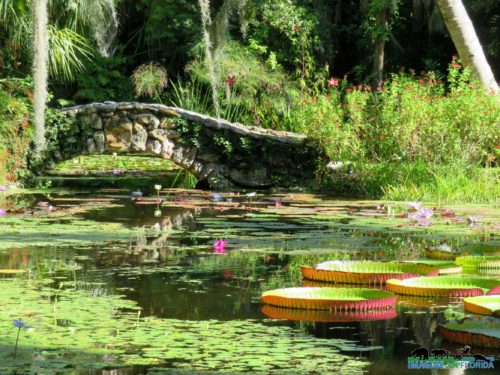



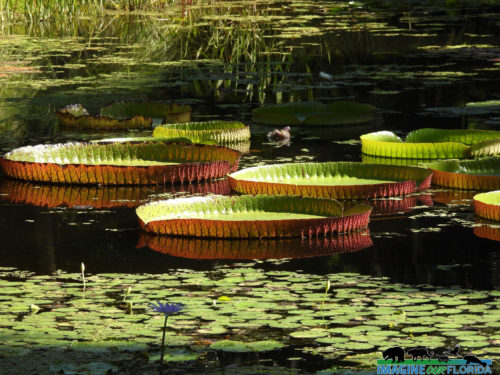
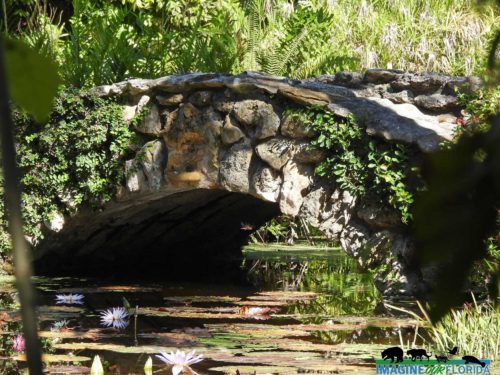




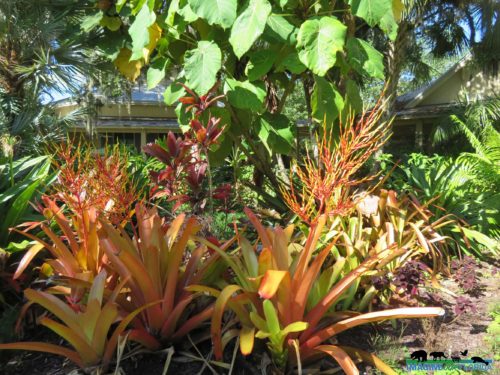

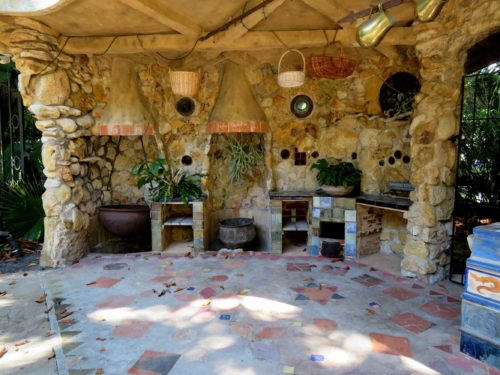

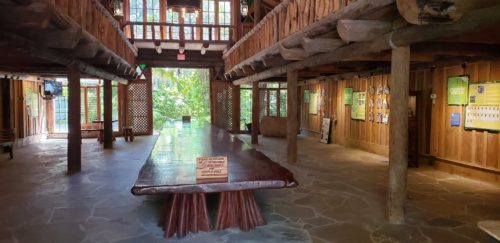

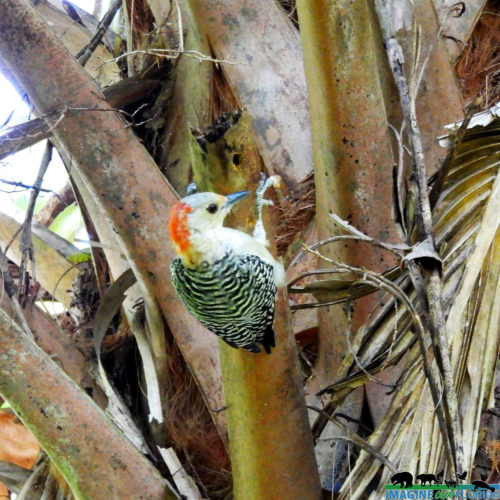




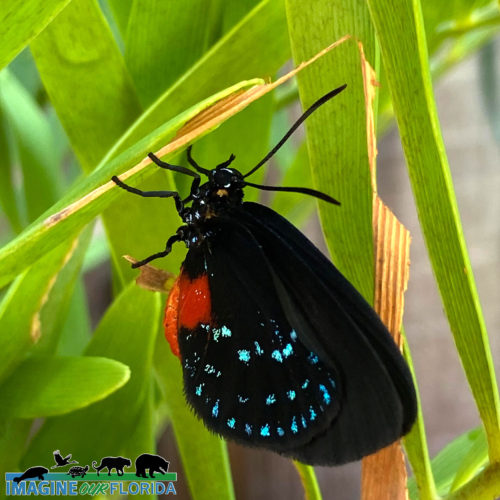




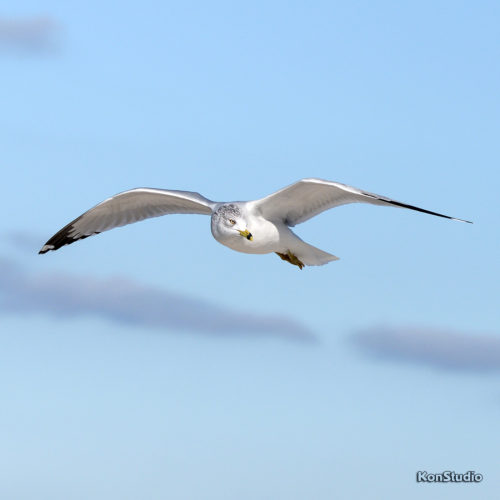











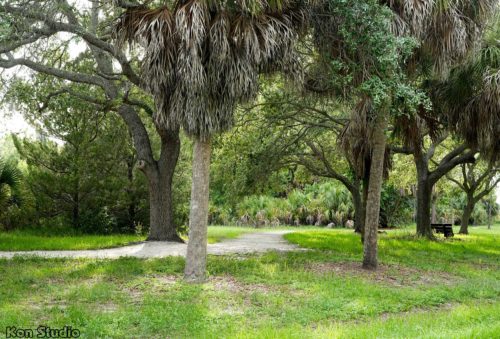



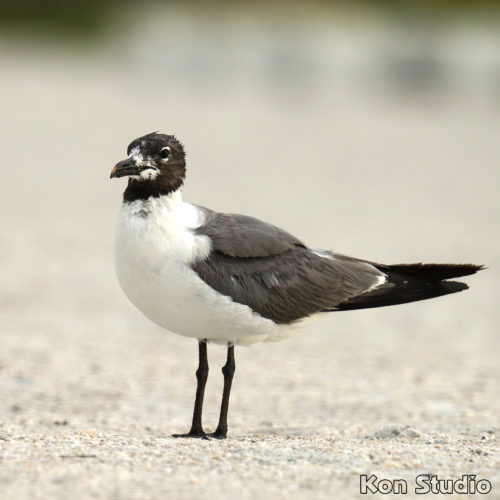
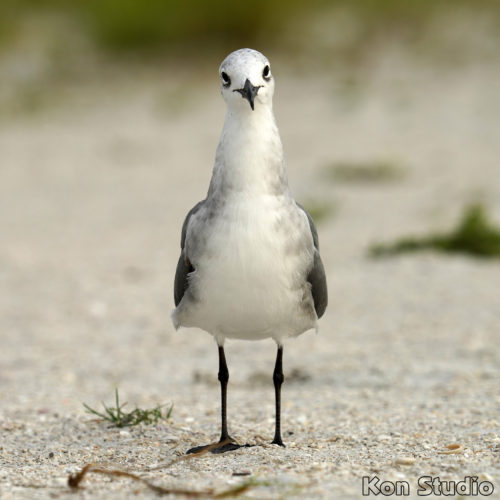


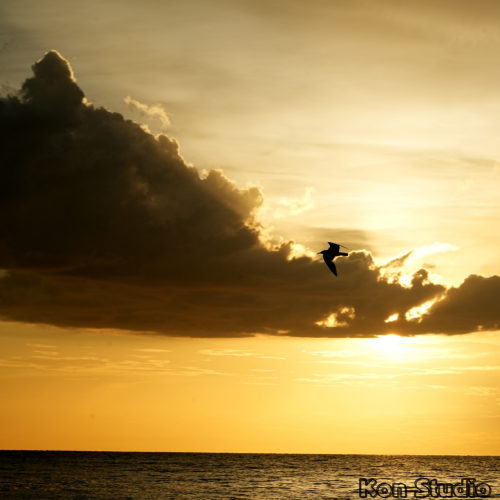




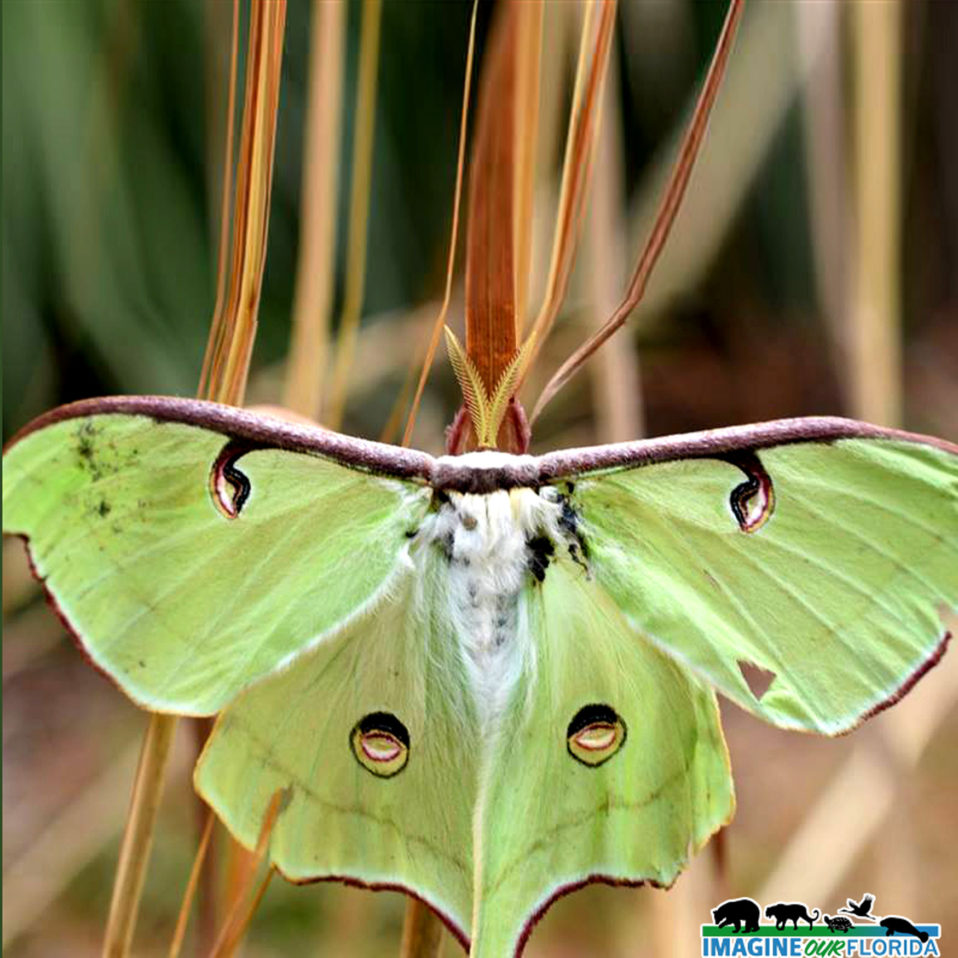






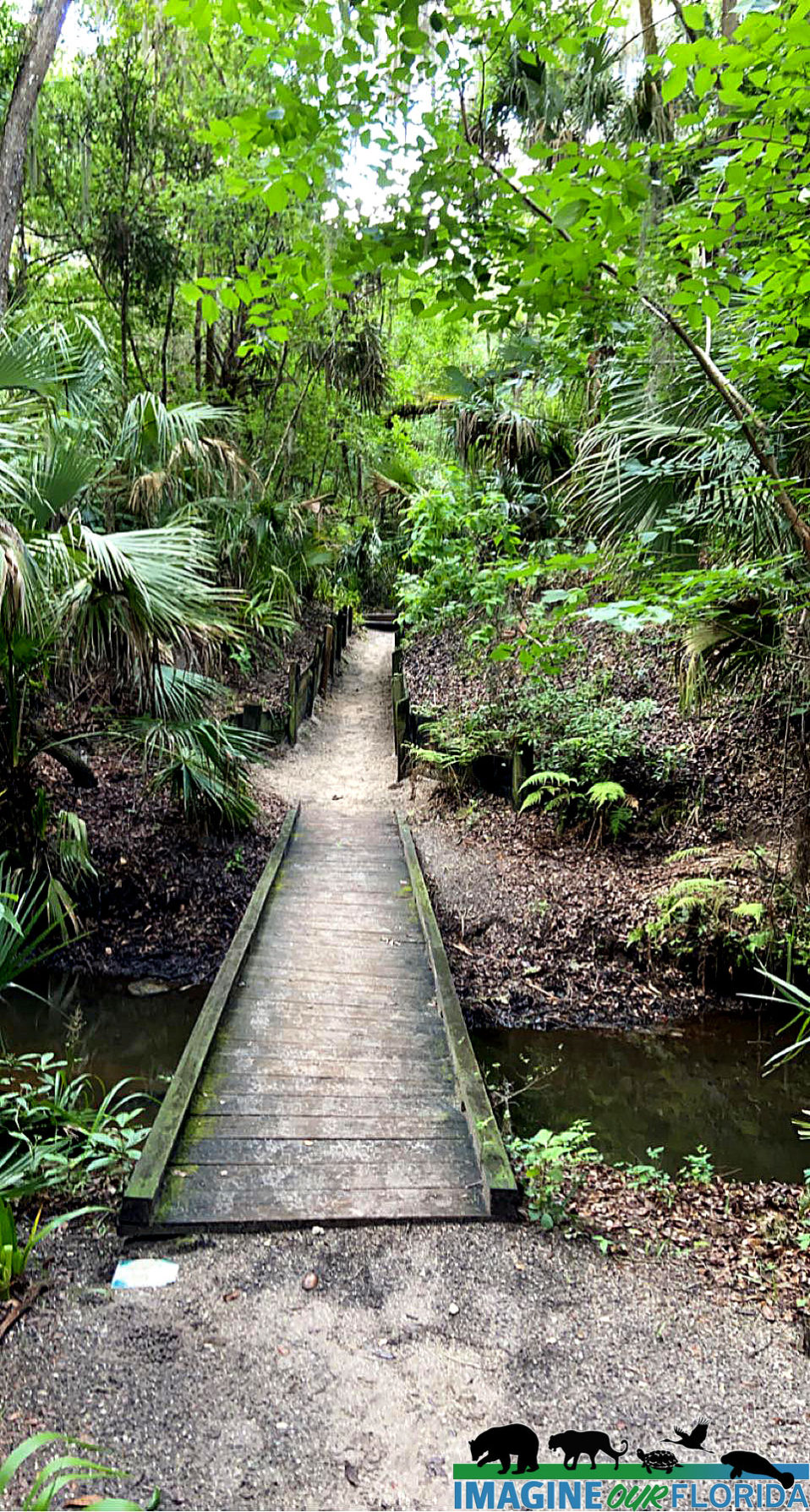


 ted
ted
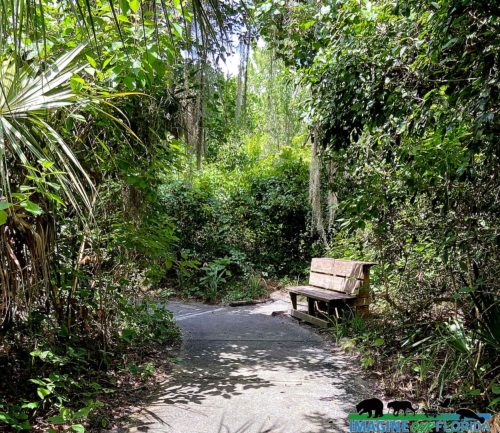

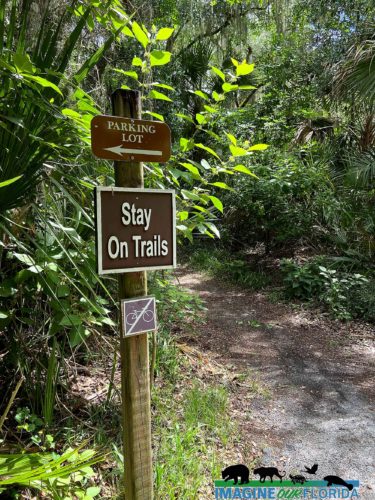












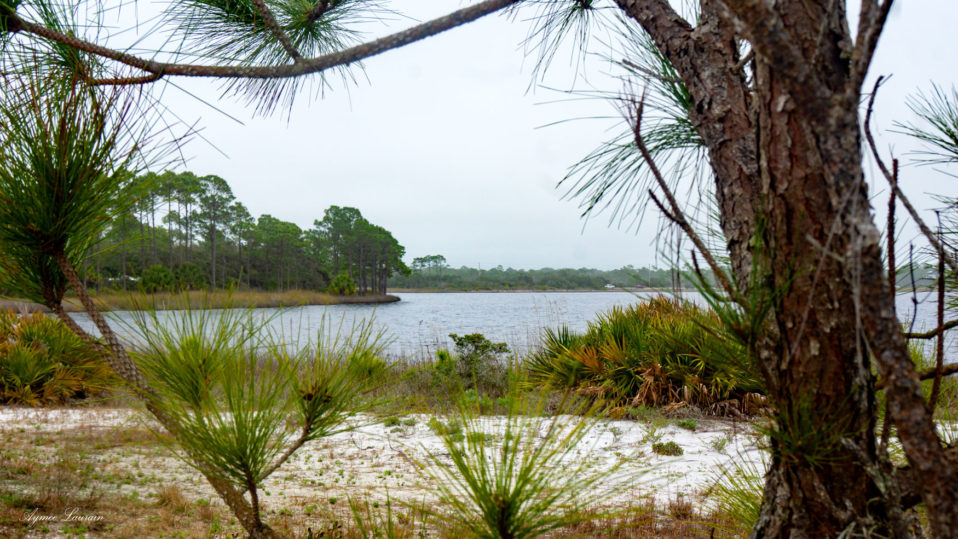







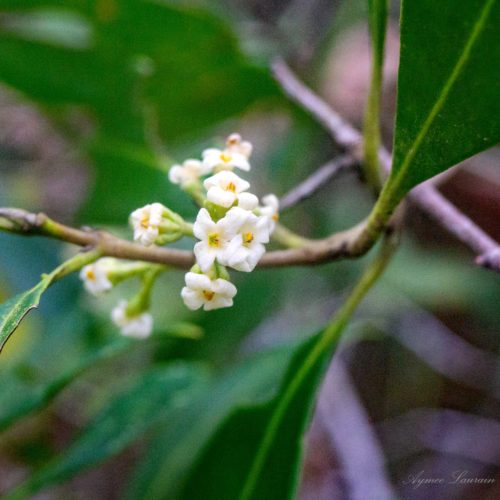

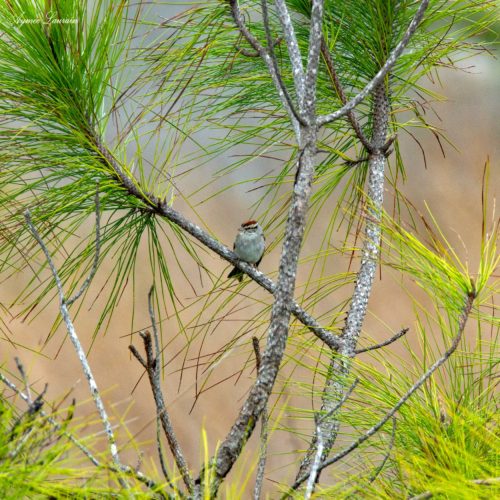

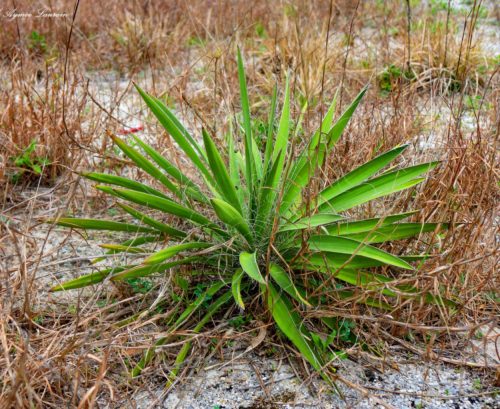






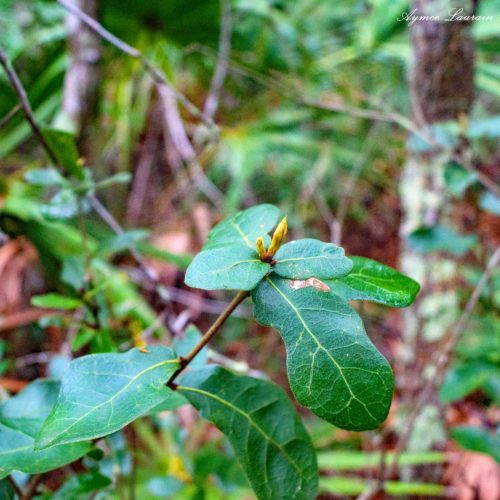


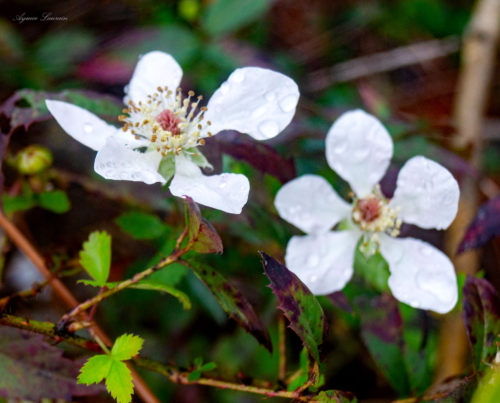
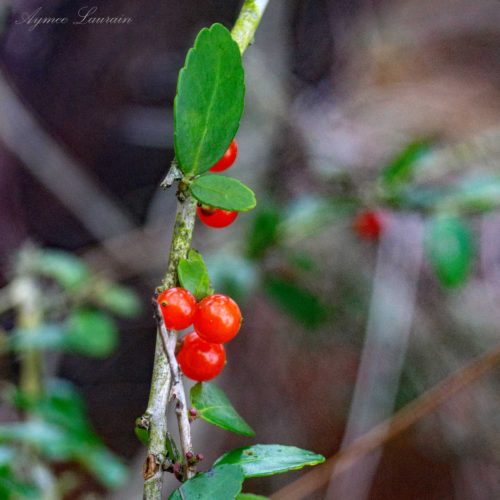

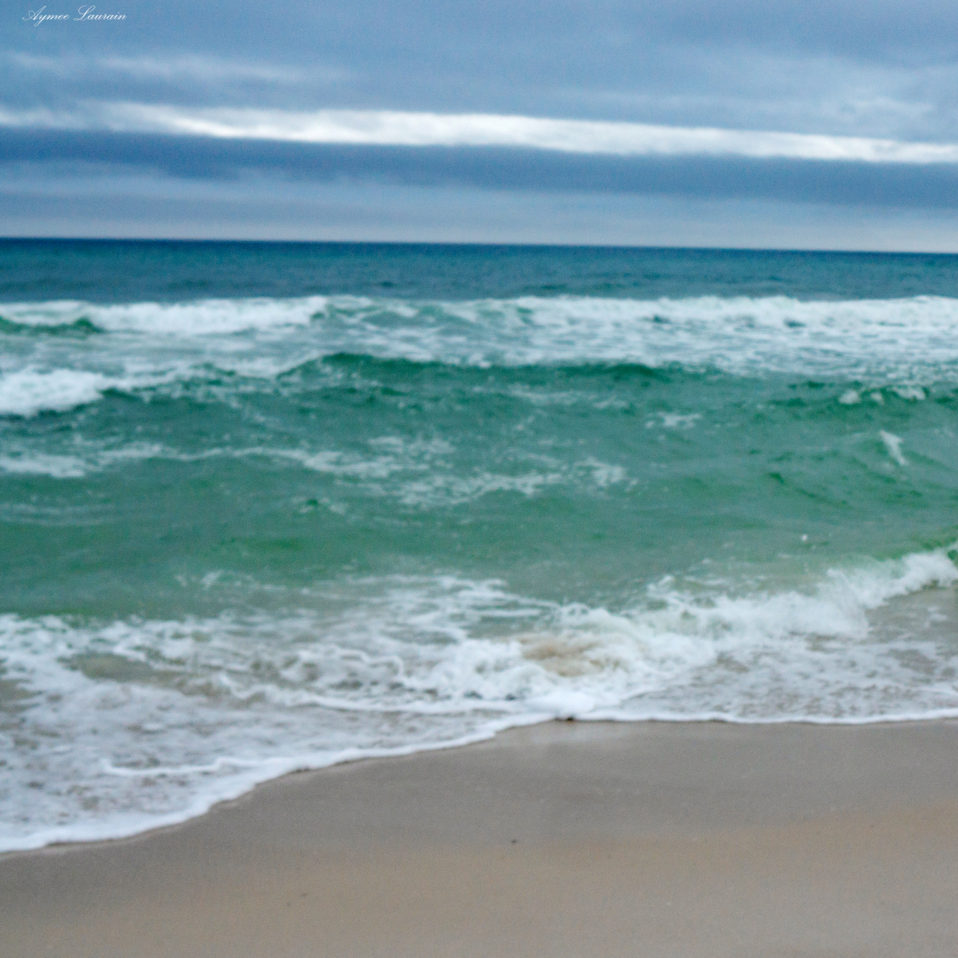











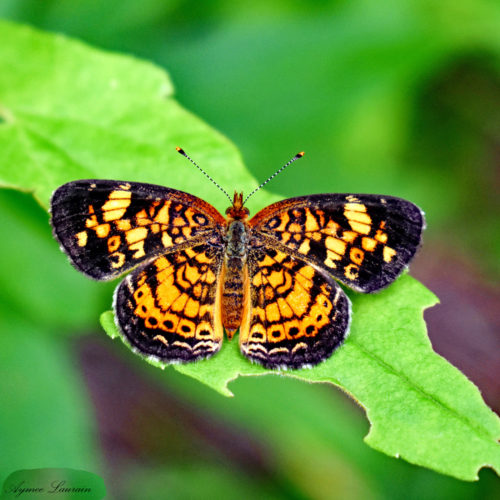








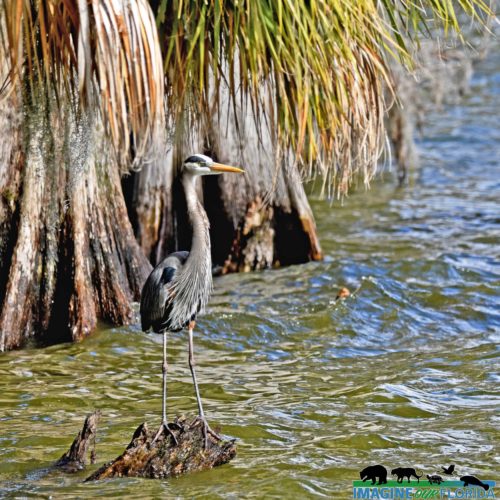











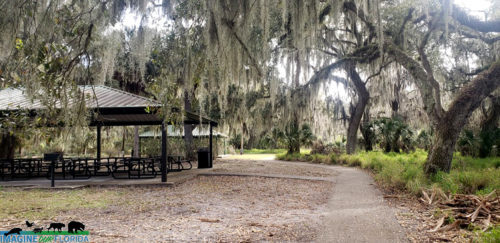


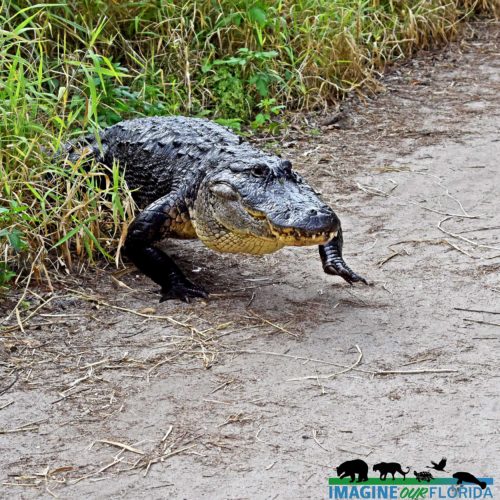


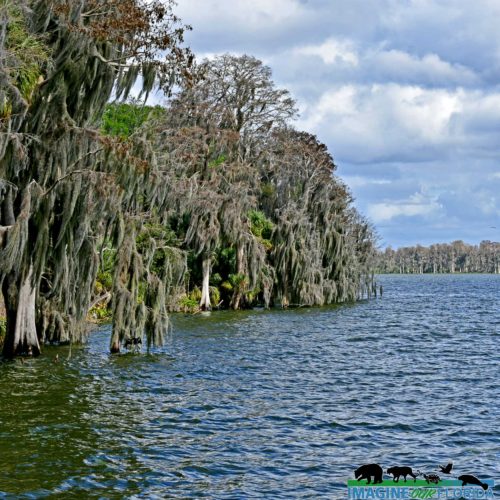












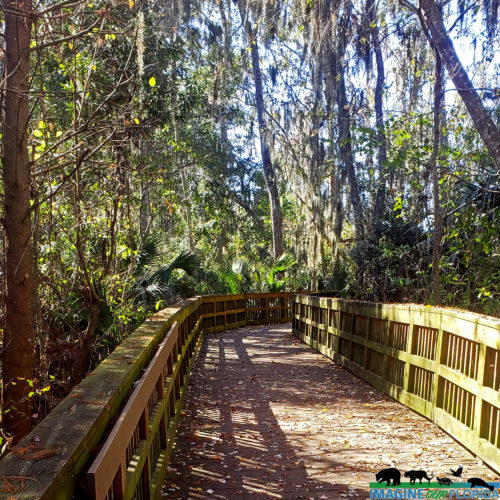






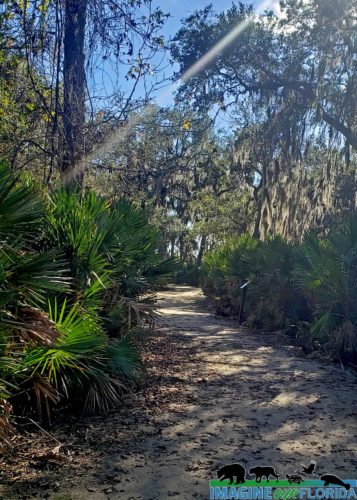



























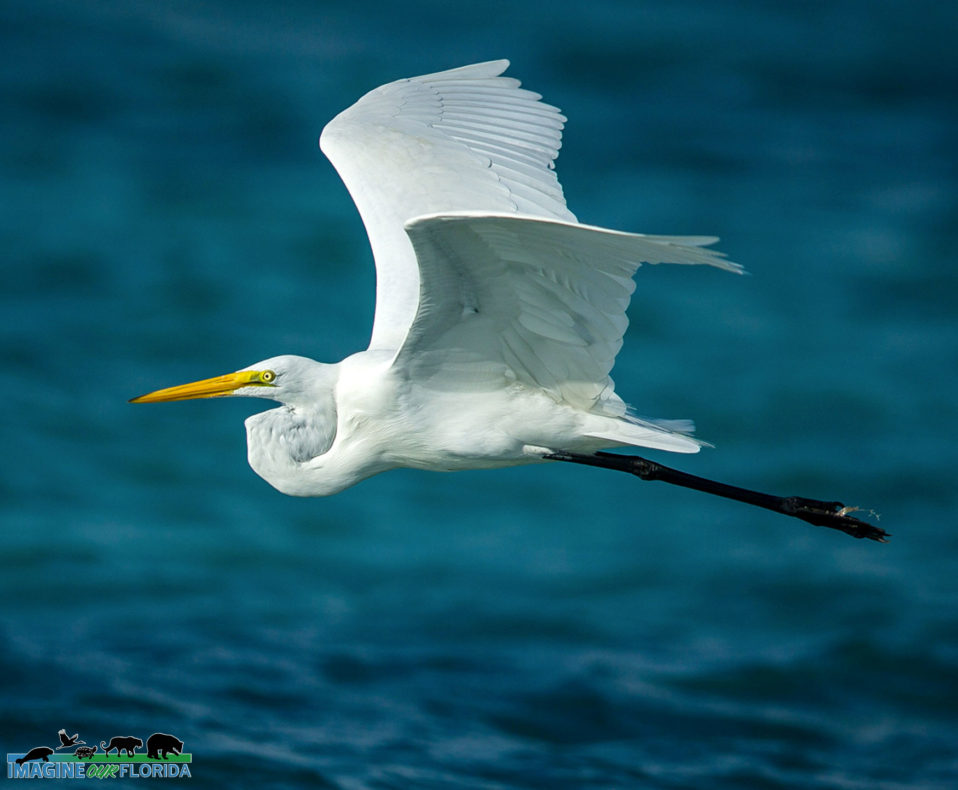
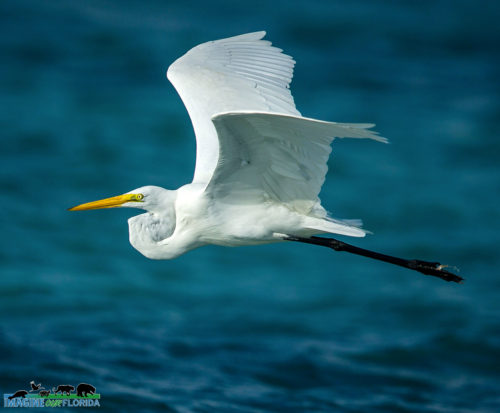 gr
gr

 eat
eat
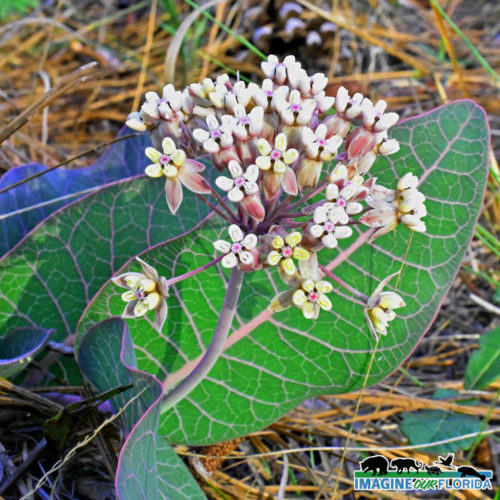




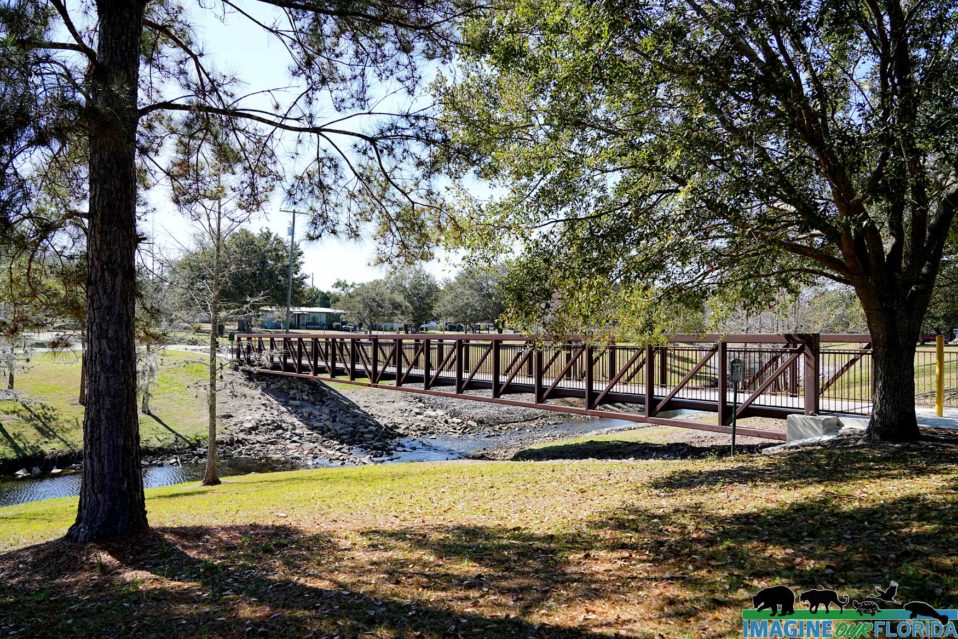






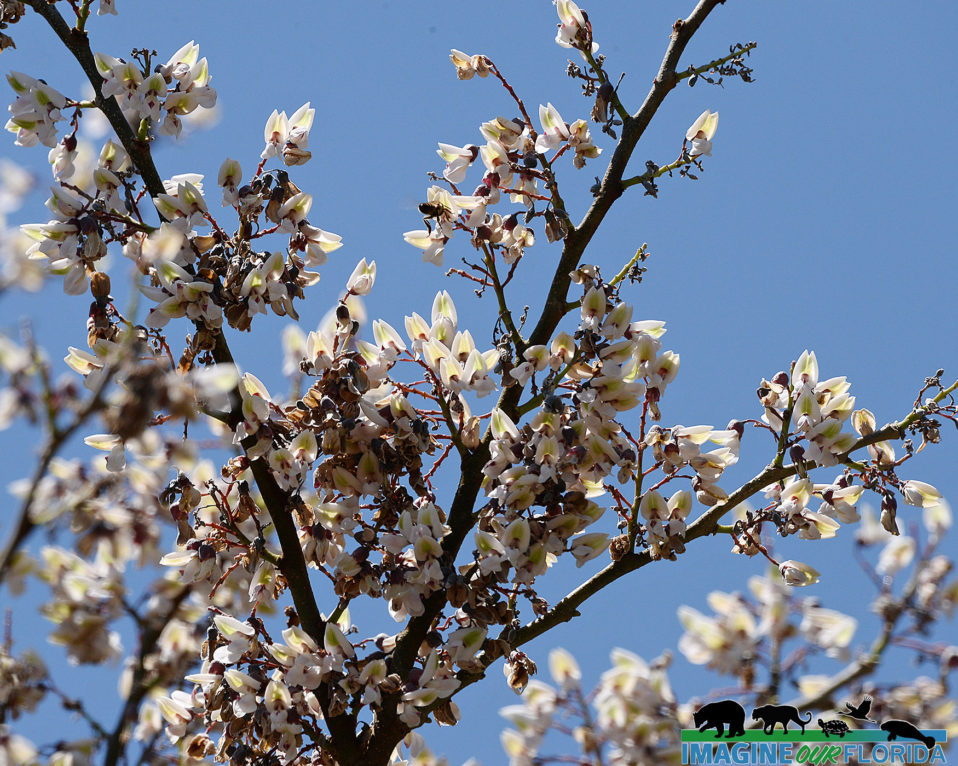





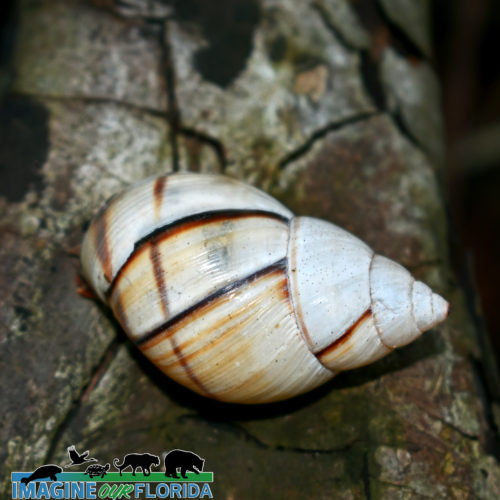















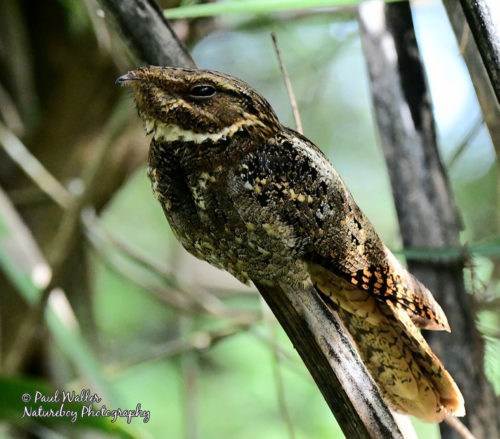




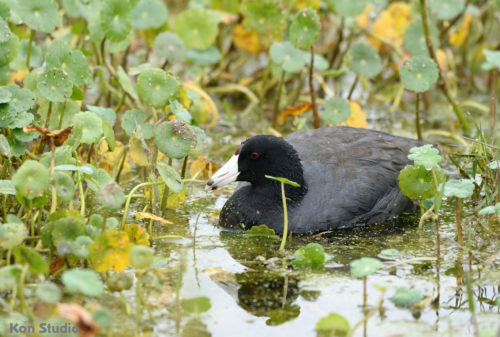
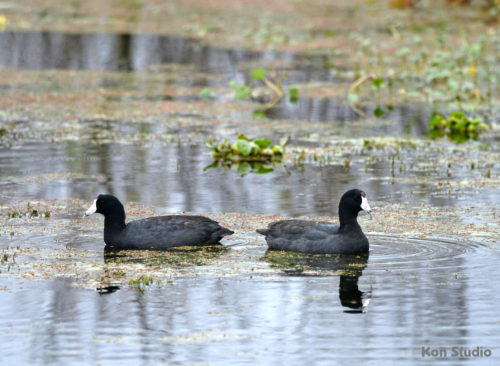

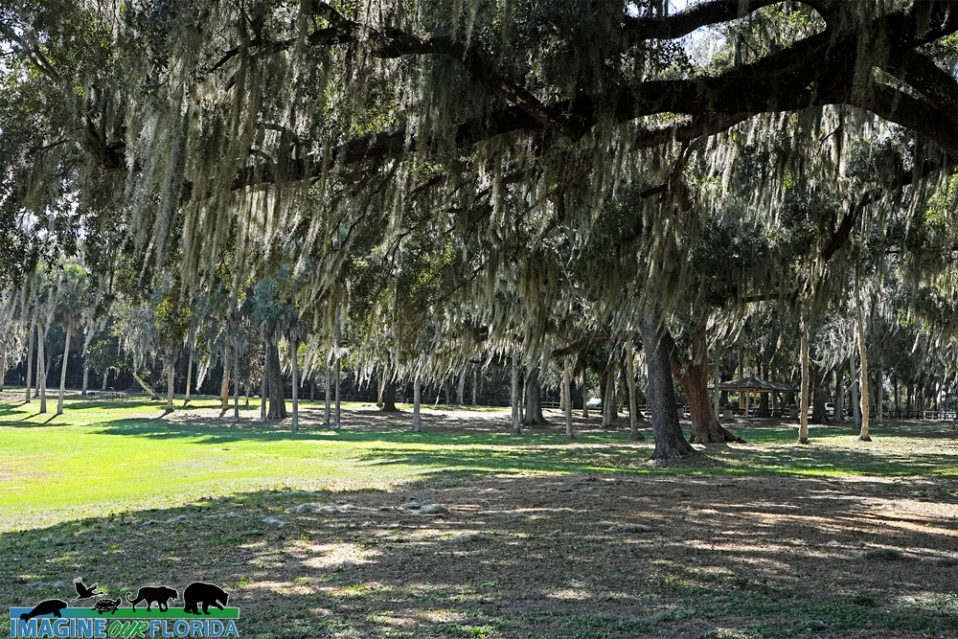



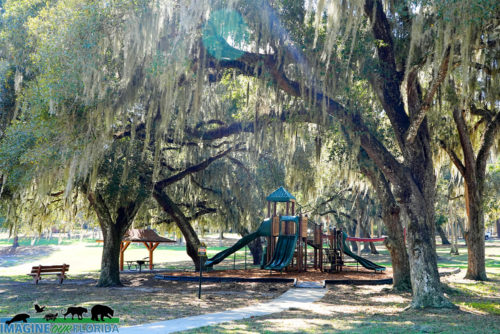


 m
m

 a
a










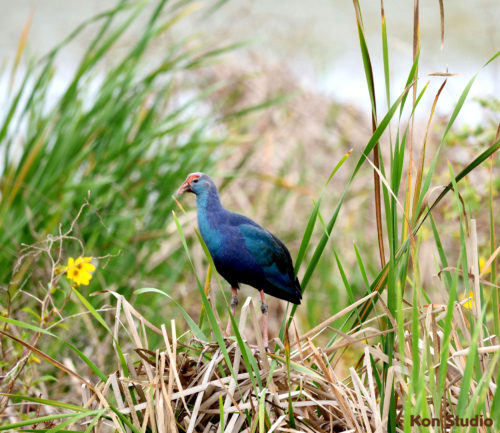









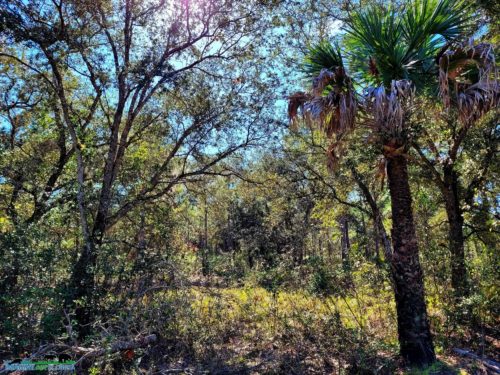













 iof, imagineourflorida,
iof, imagineourflorida,











 tle
tle
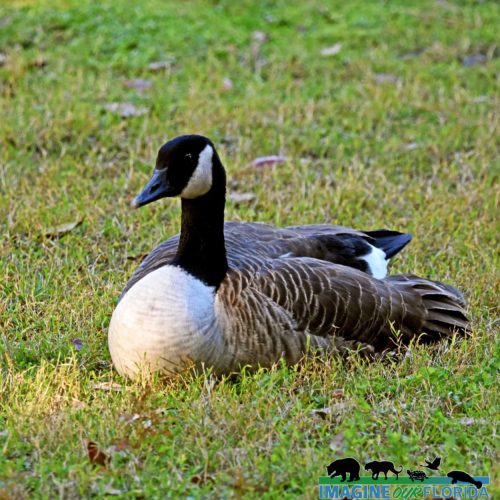


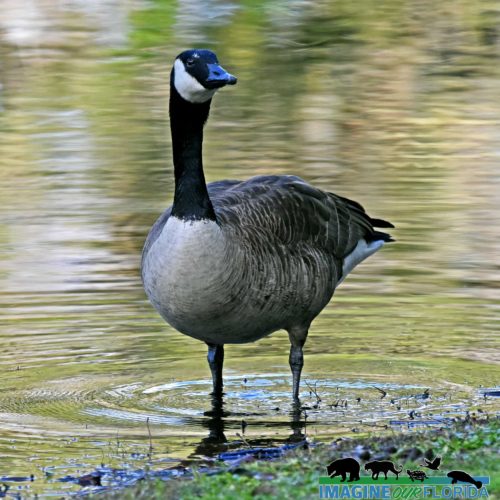
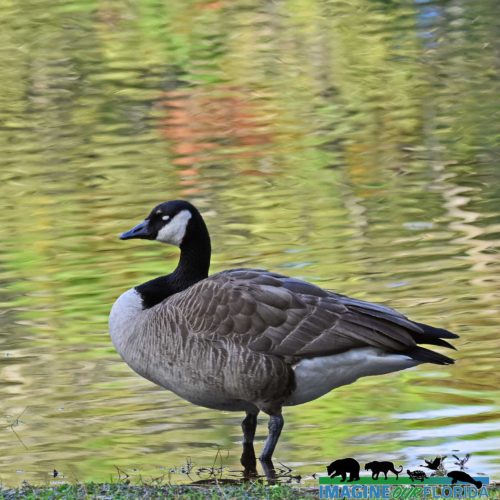

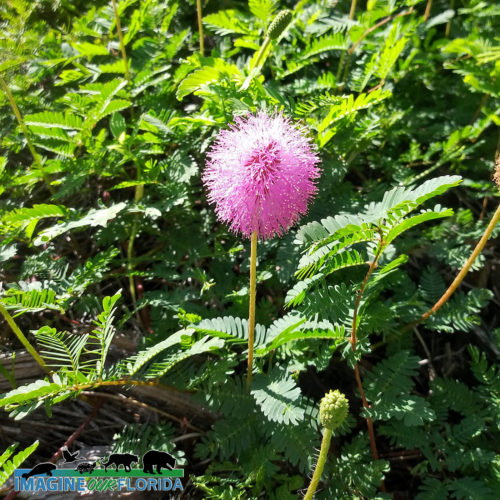
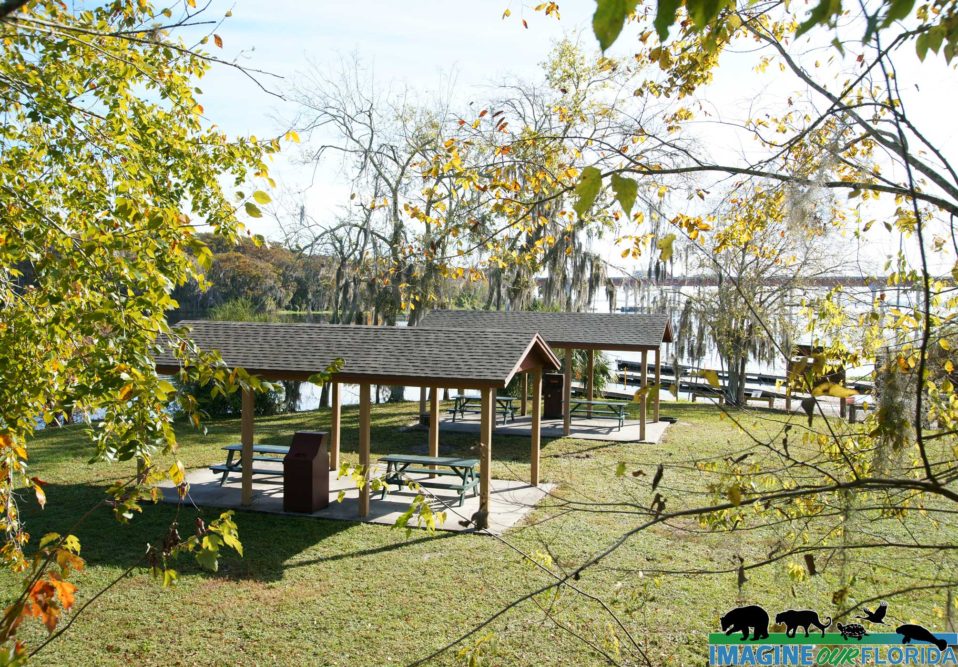






















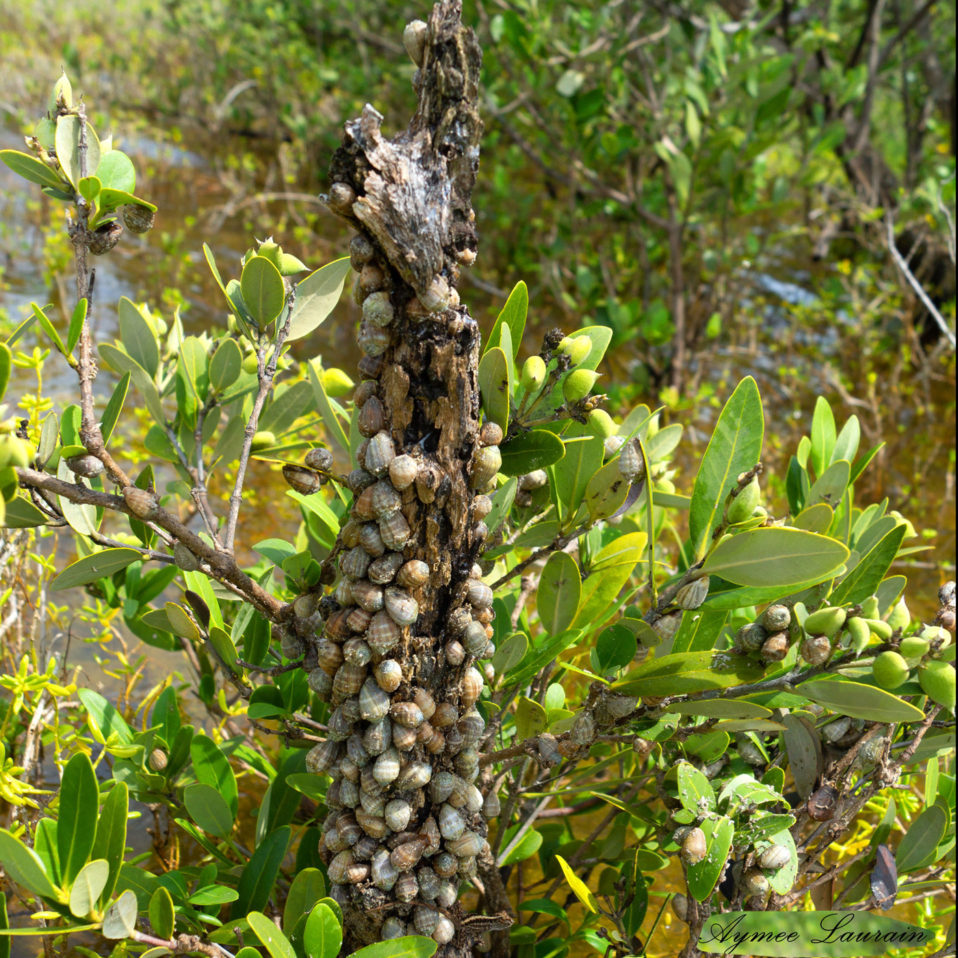







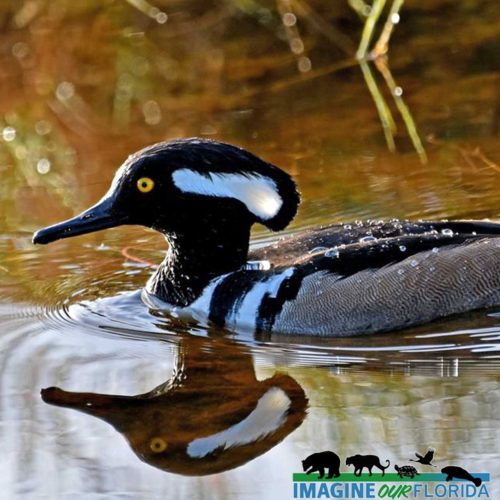




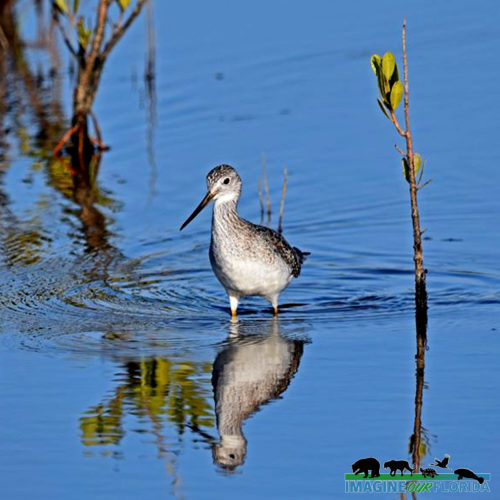

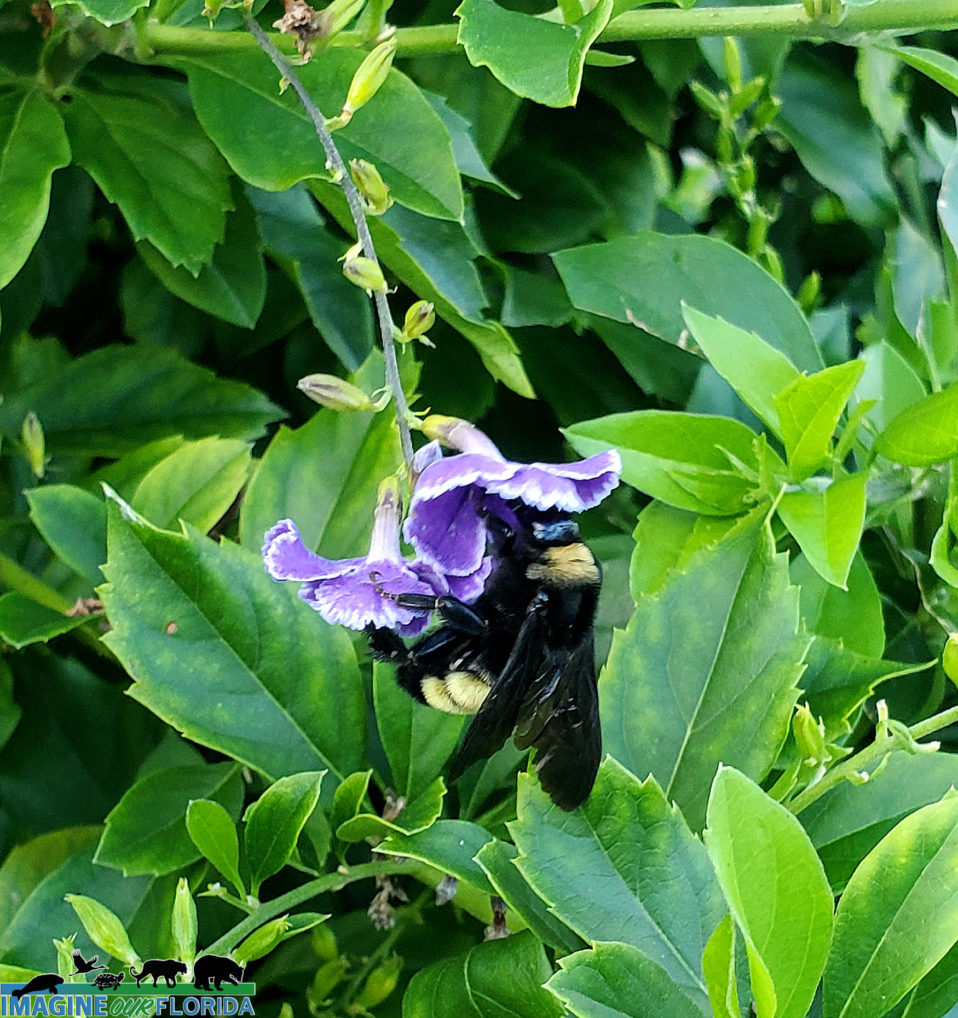







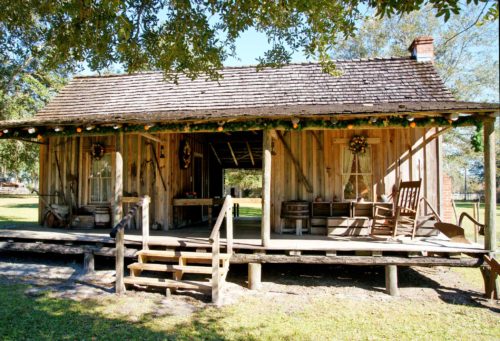

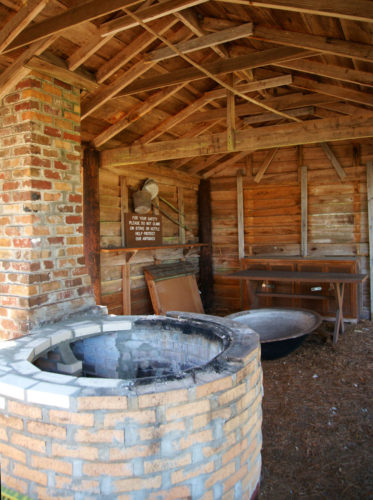
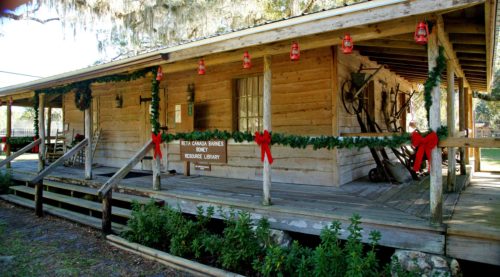


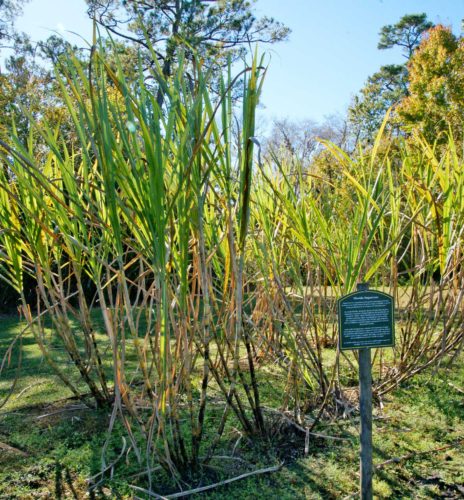







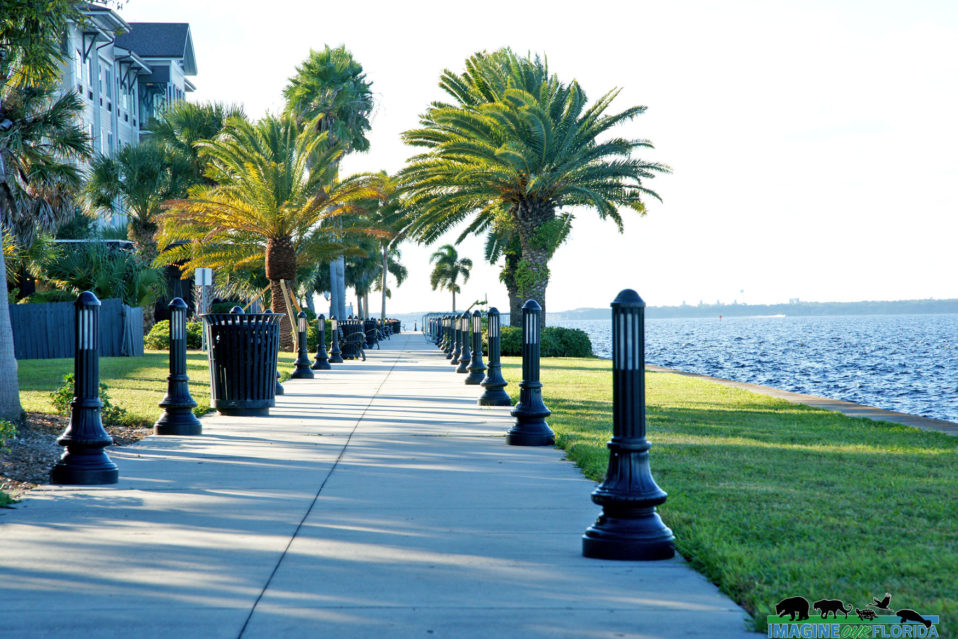



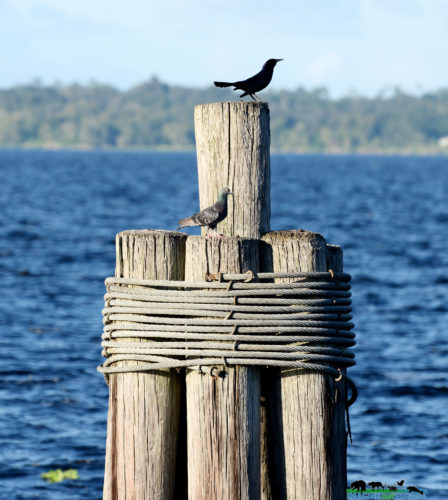




 l
l k
k

 nfor
nfor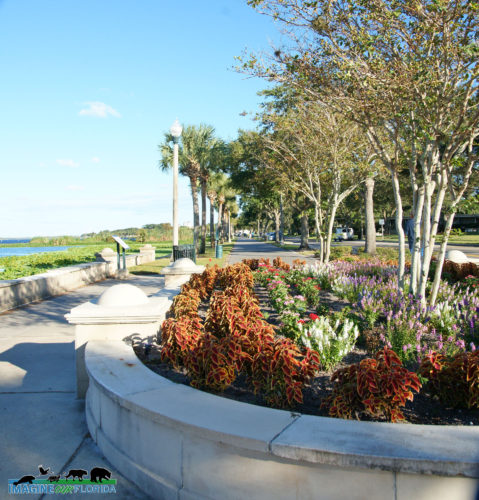


 s
s
 wil
wil
 d
d



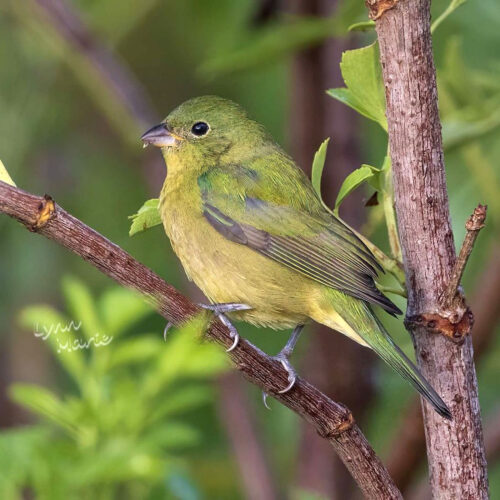







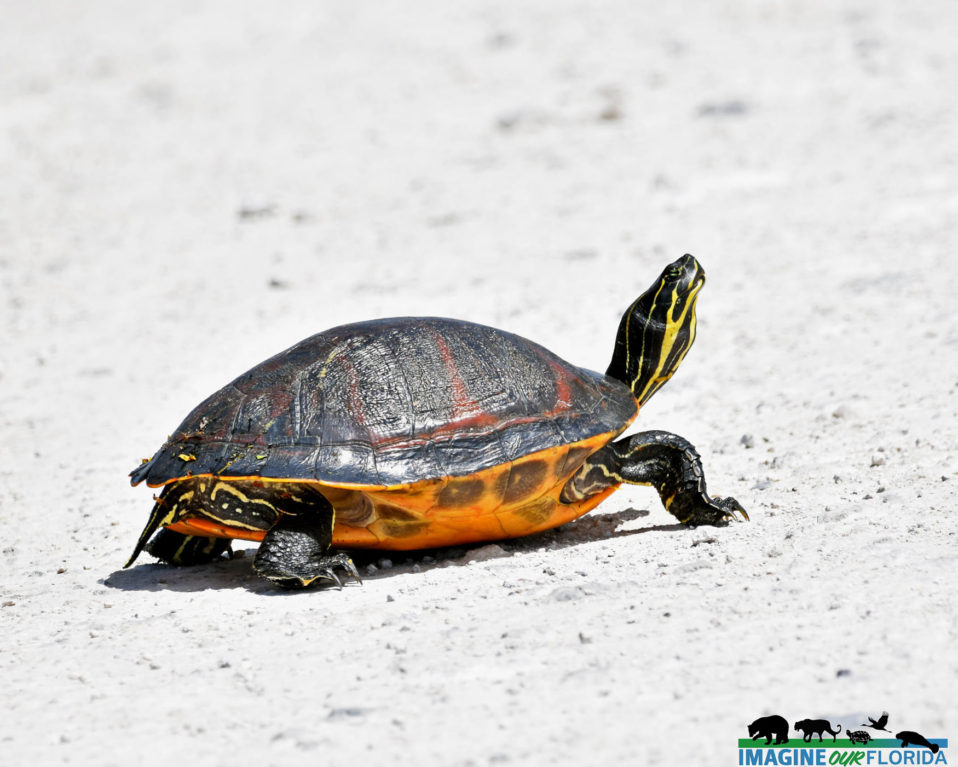
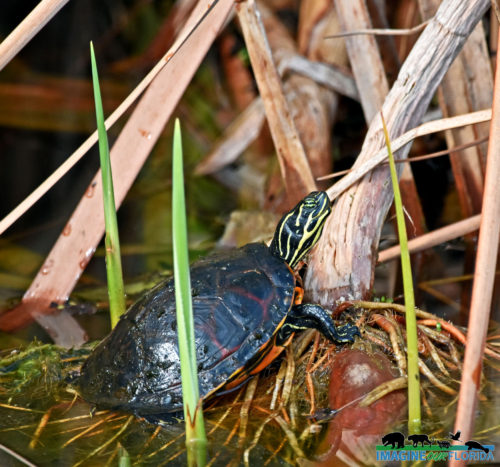

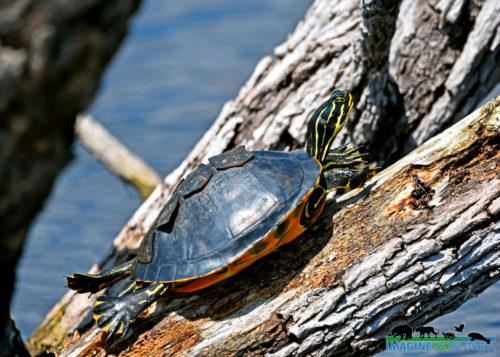








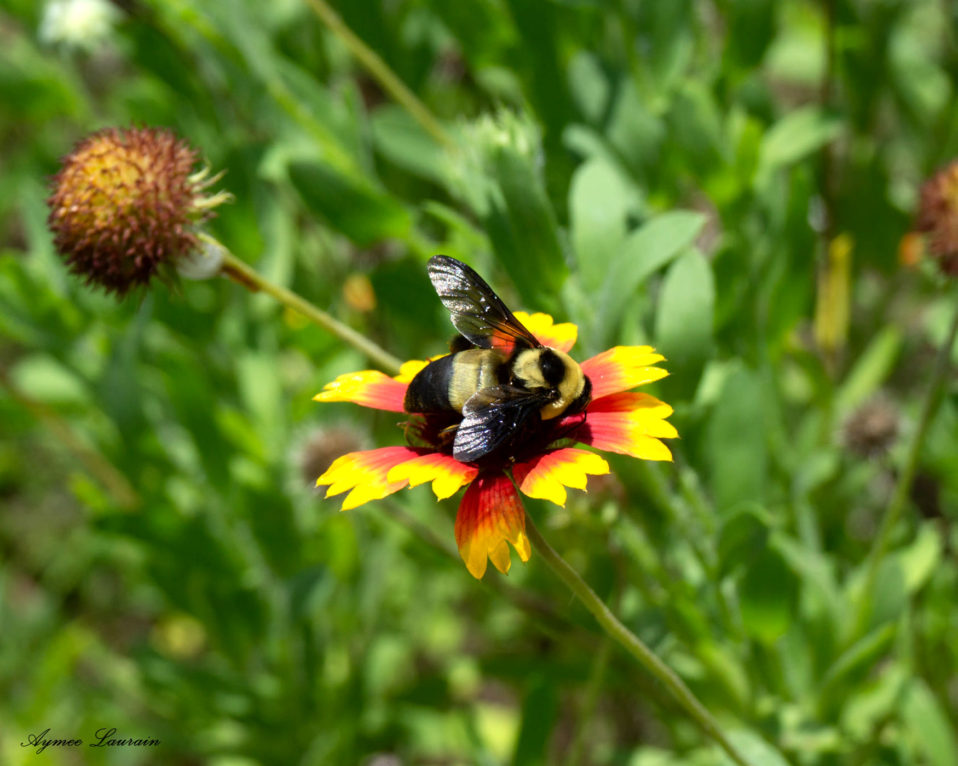























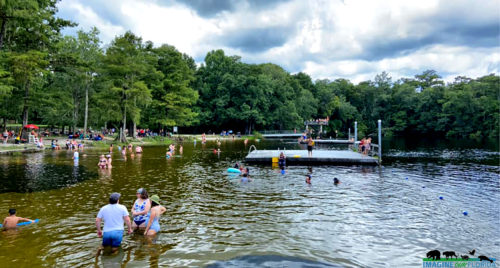
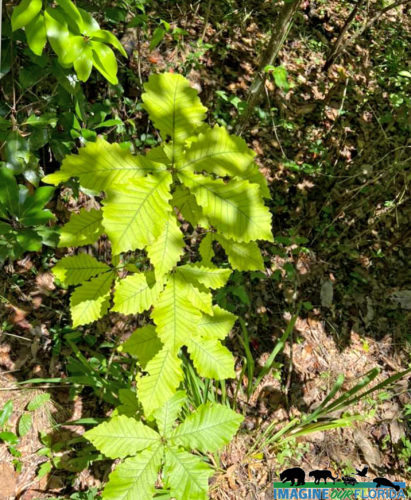
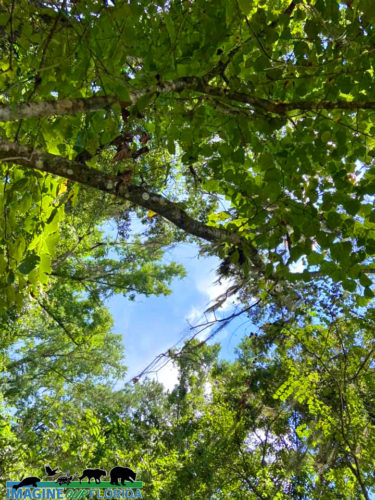

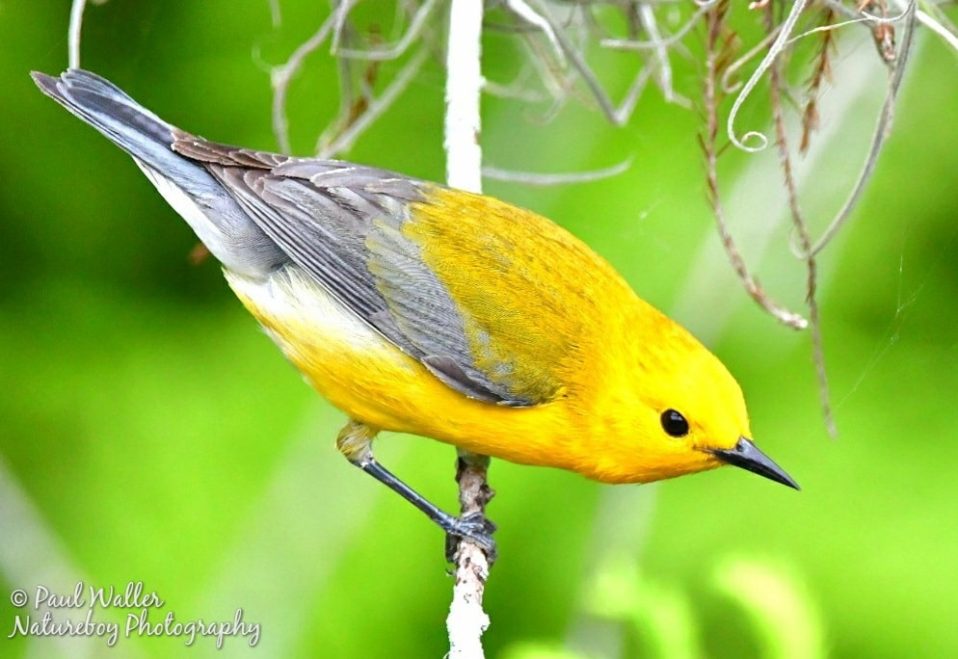
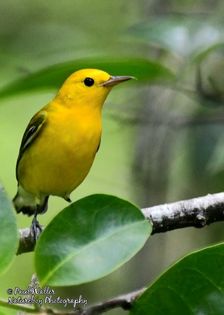
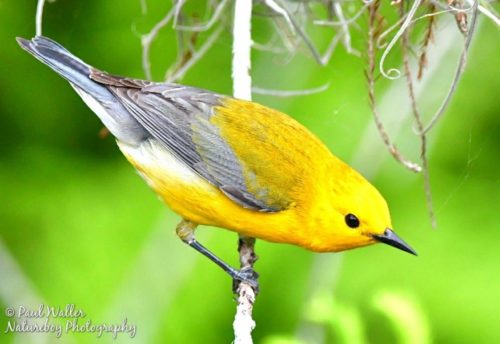

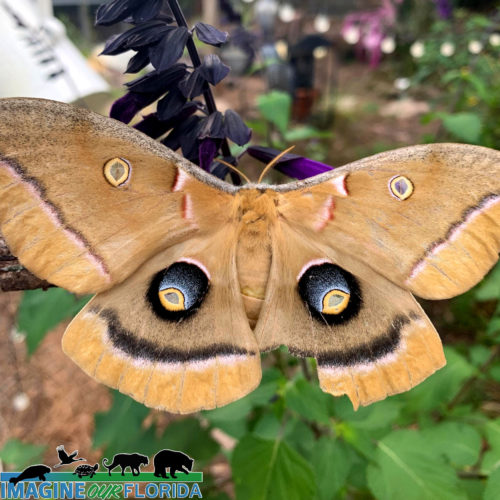













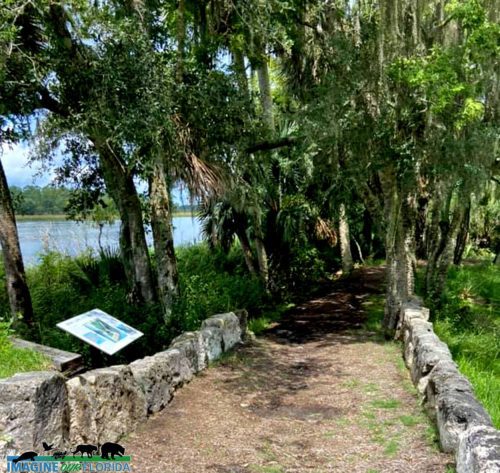
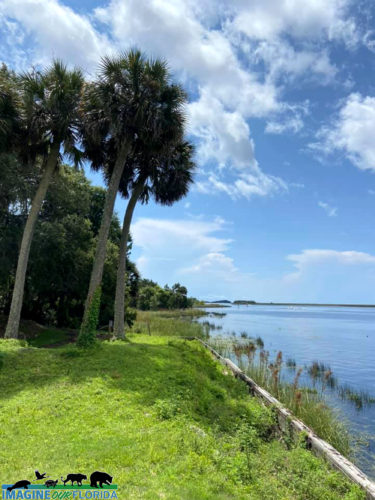





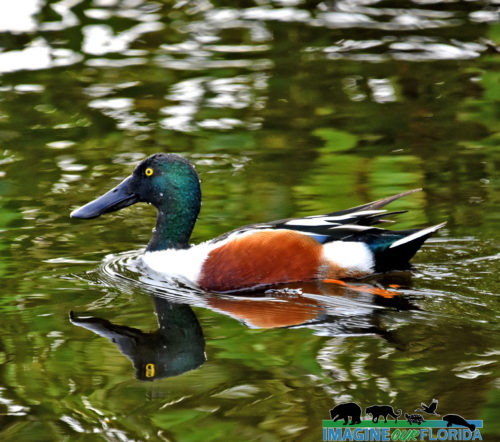



























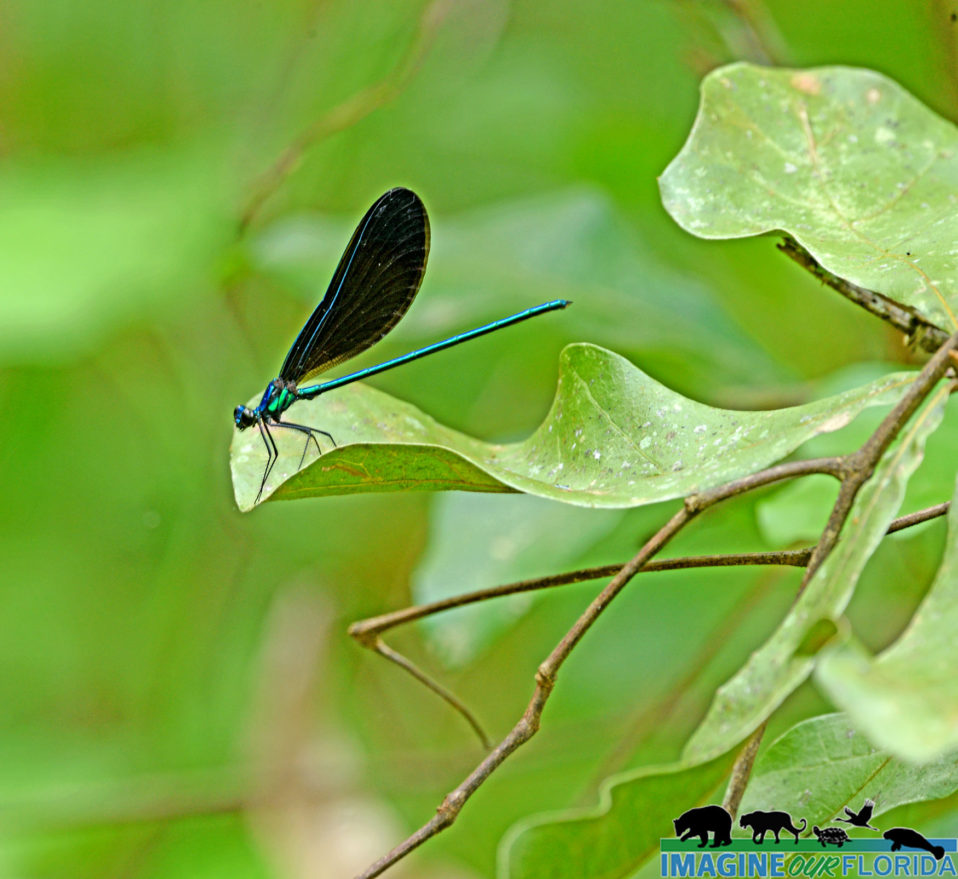
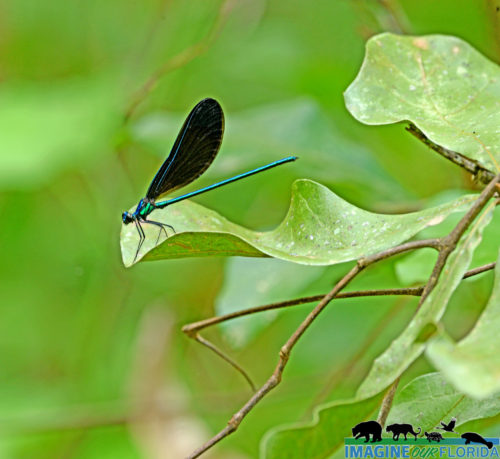
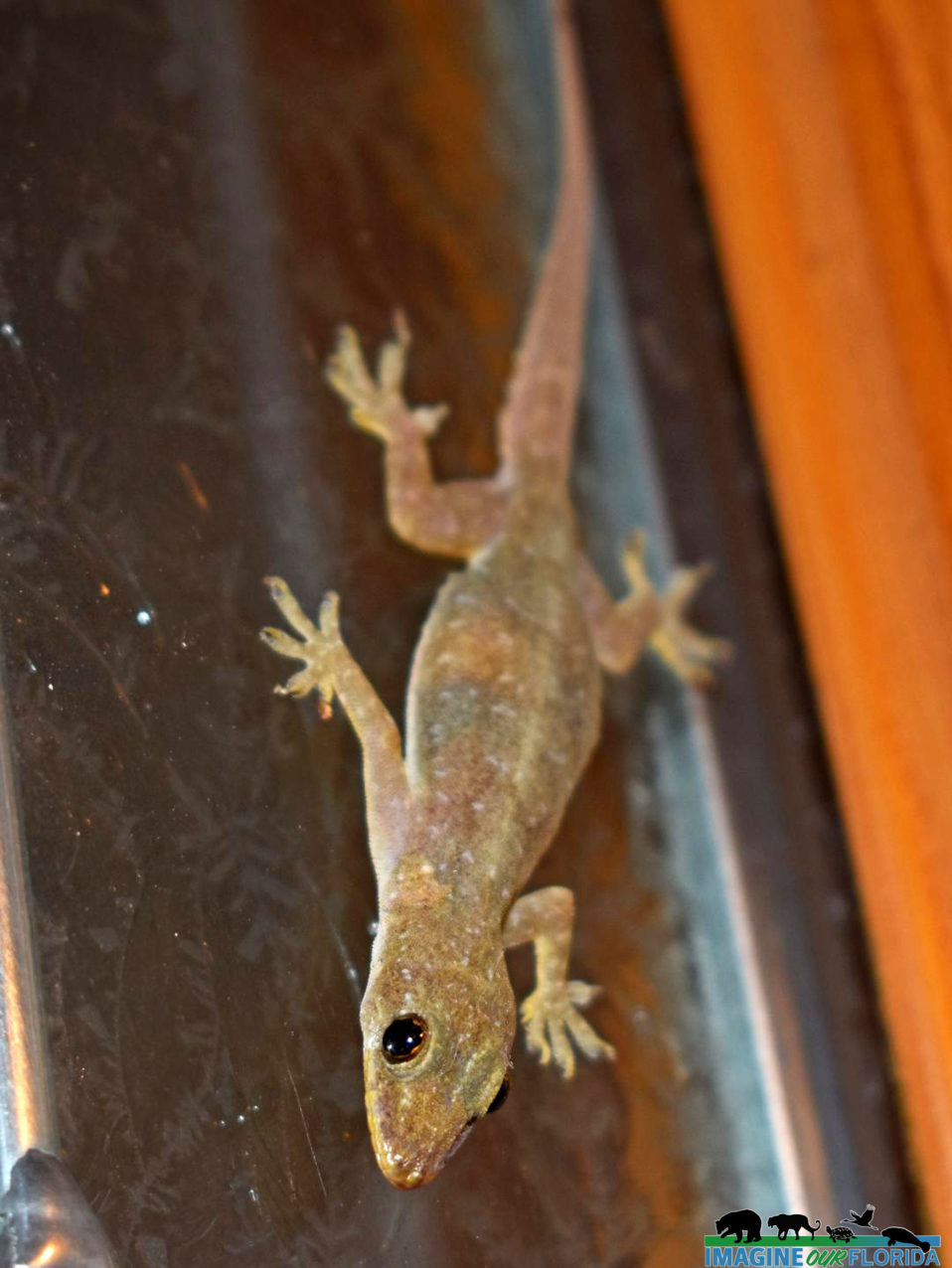





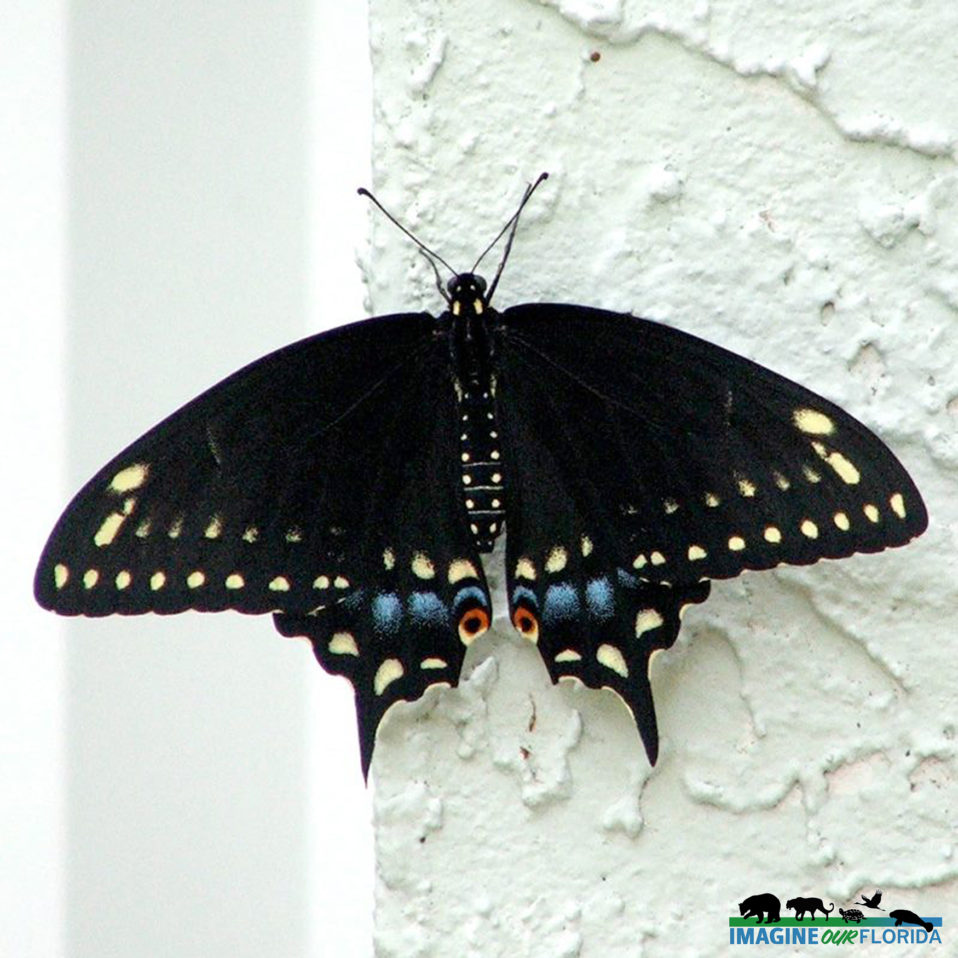

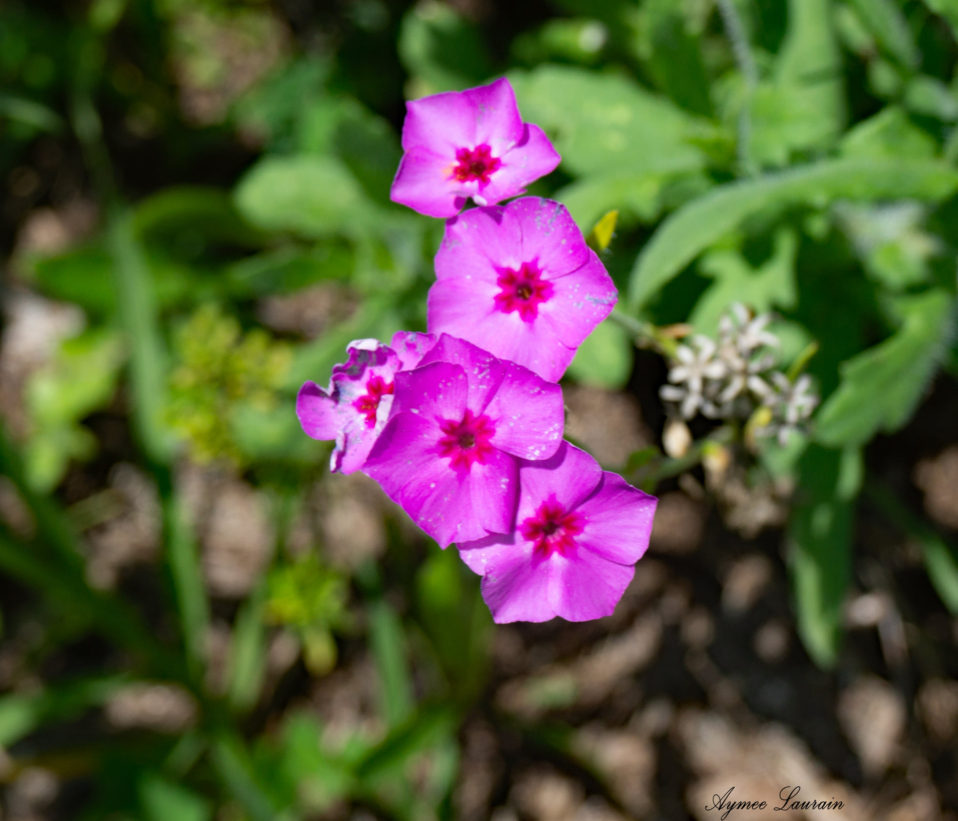




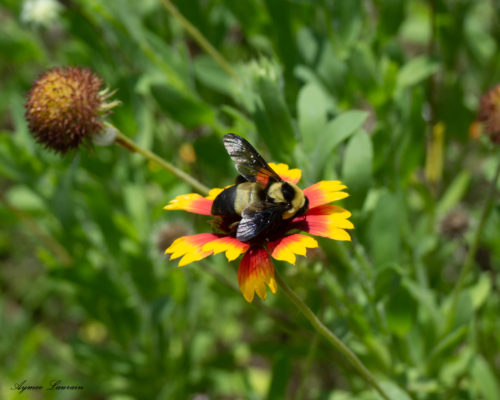



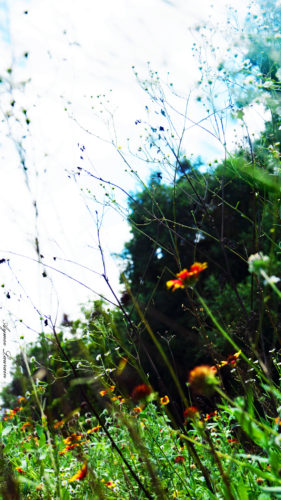











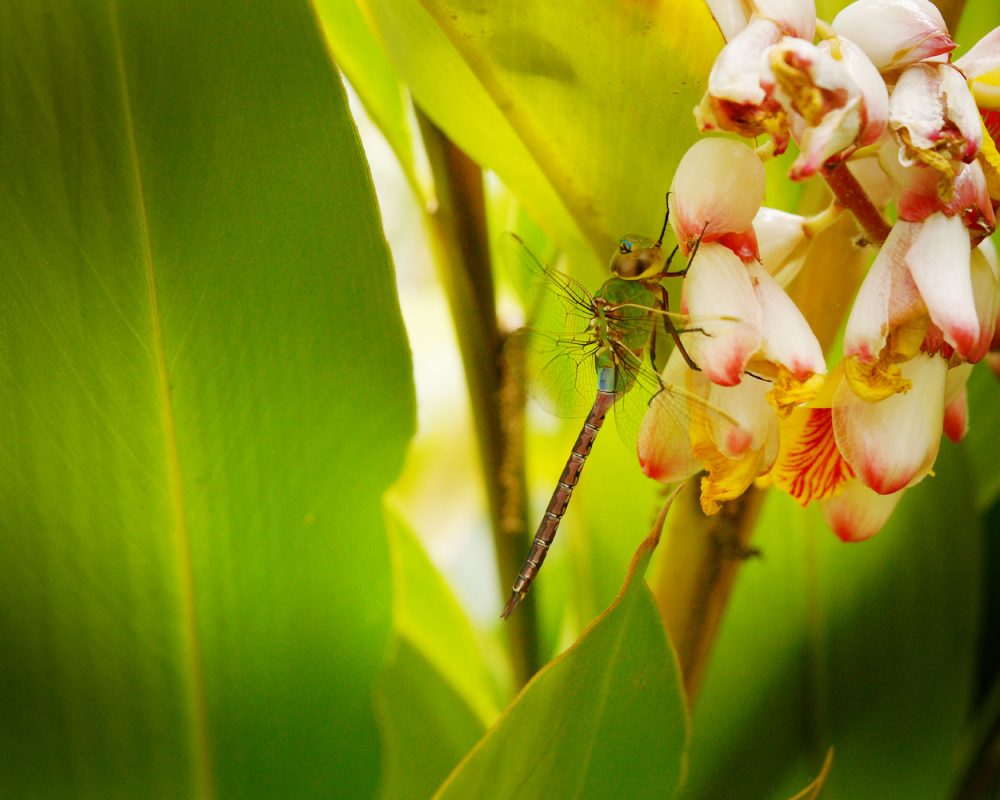
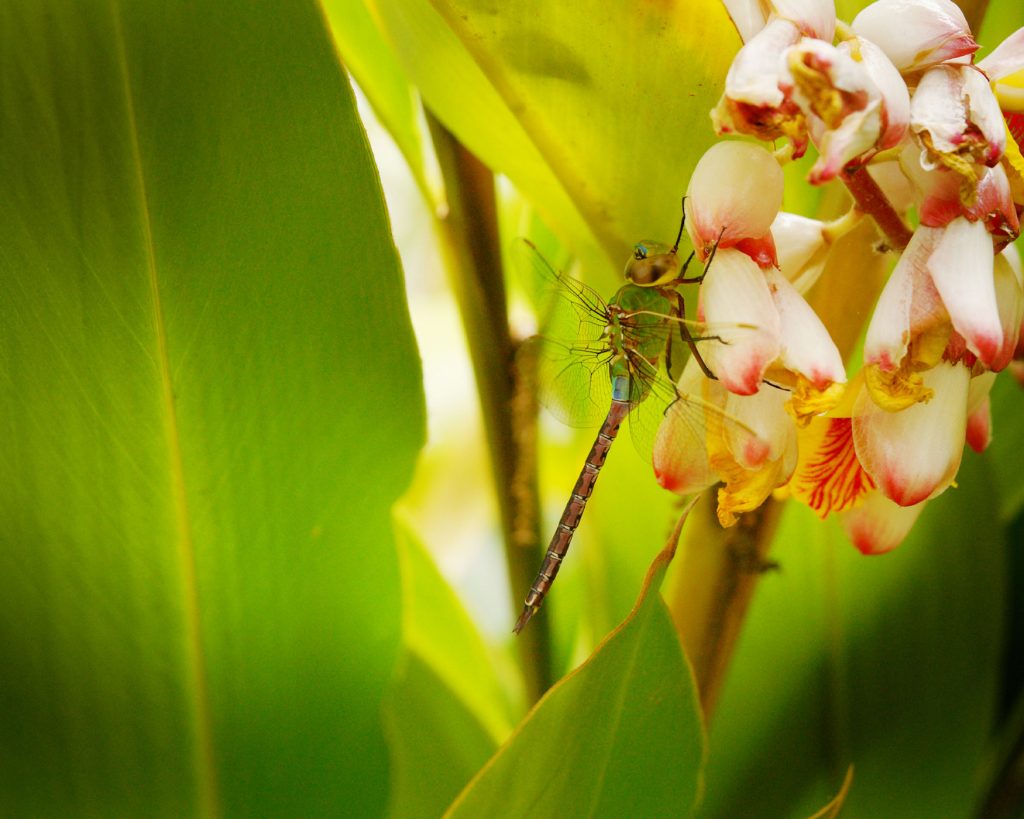





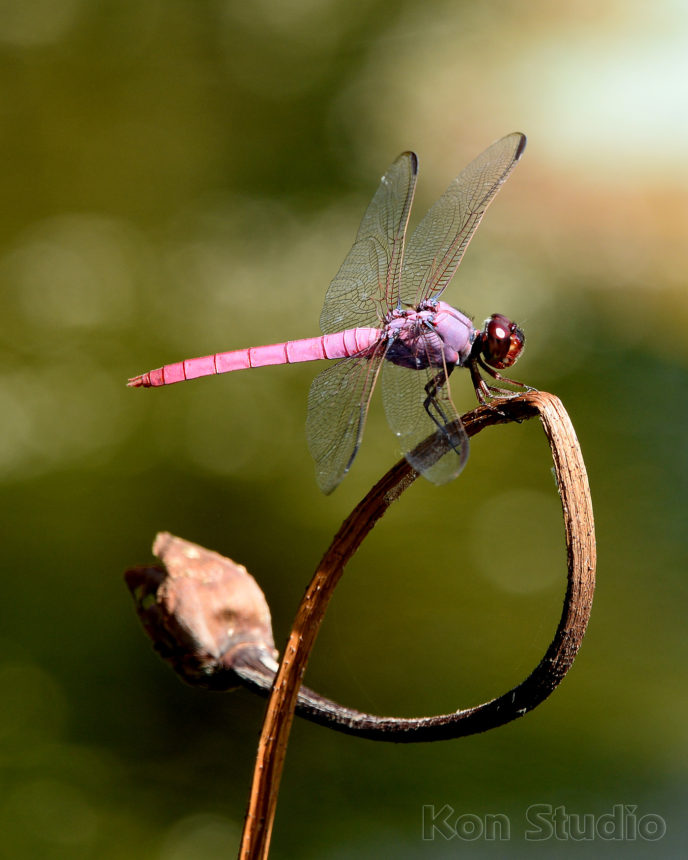





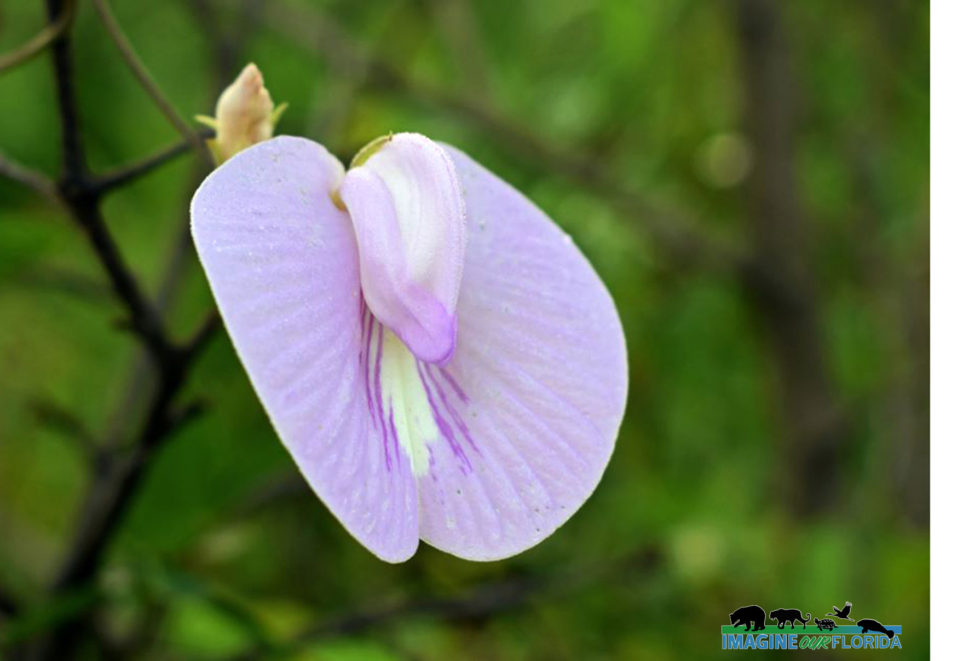


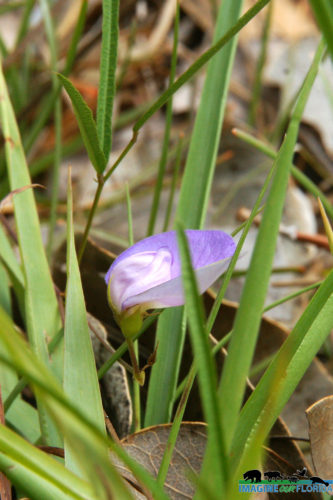


Recent Comments